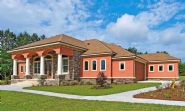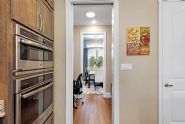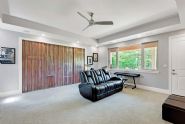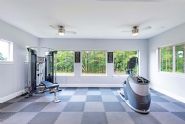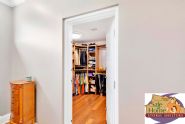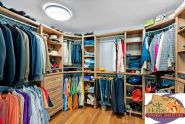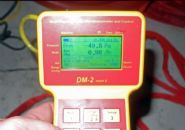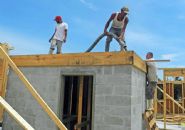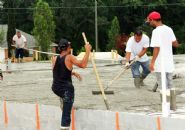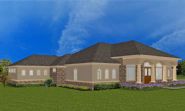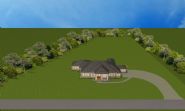
Gallery Of Homes: Watkins
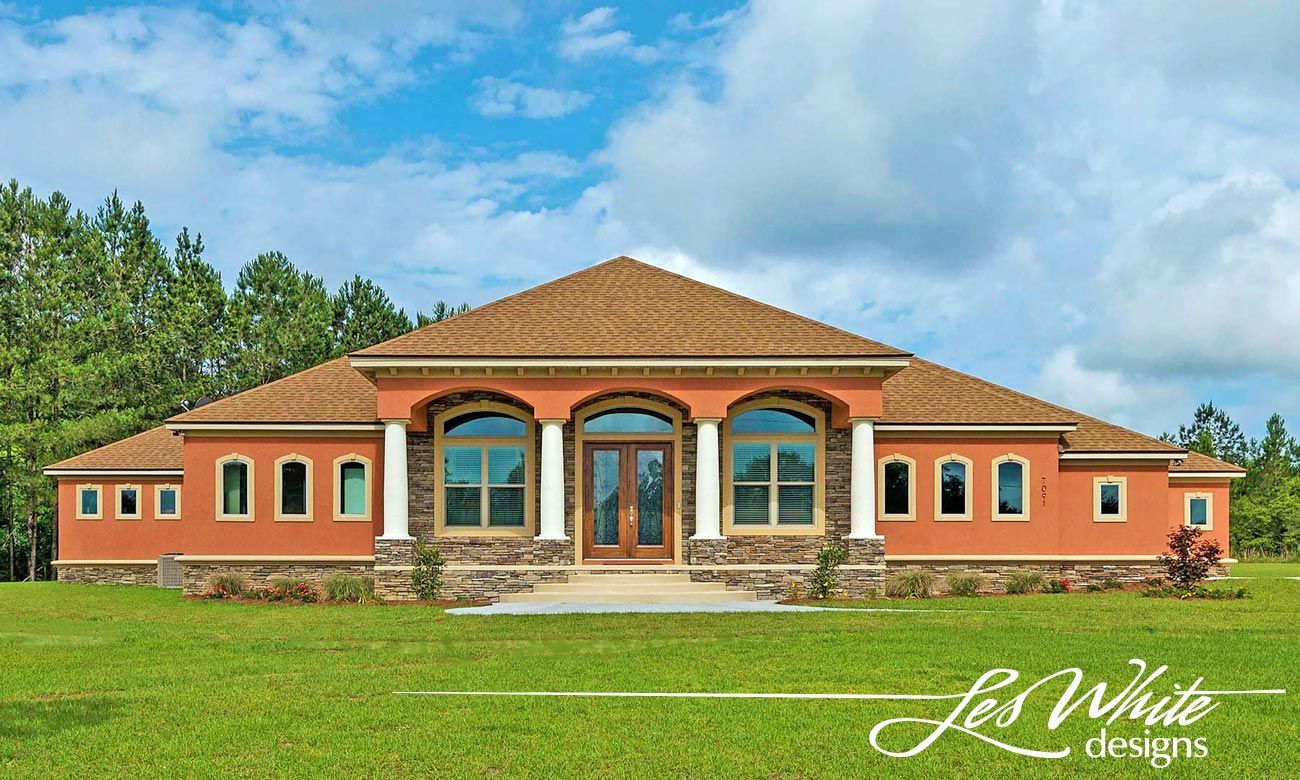


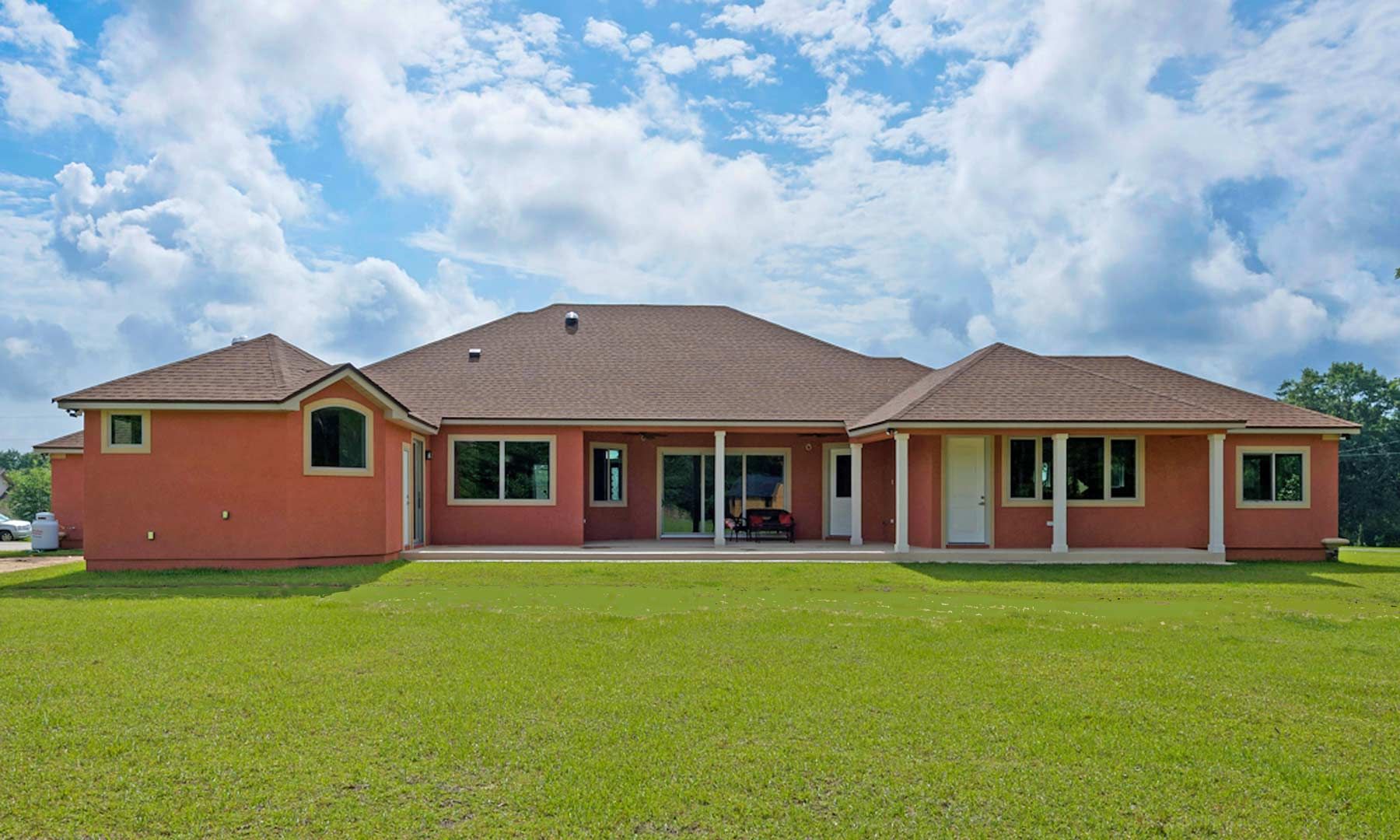
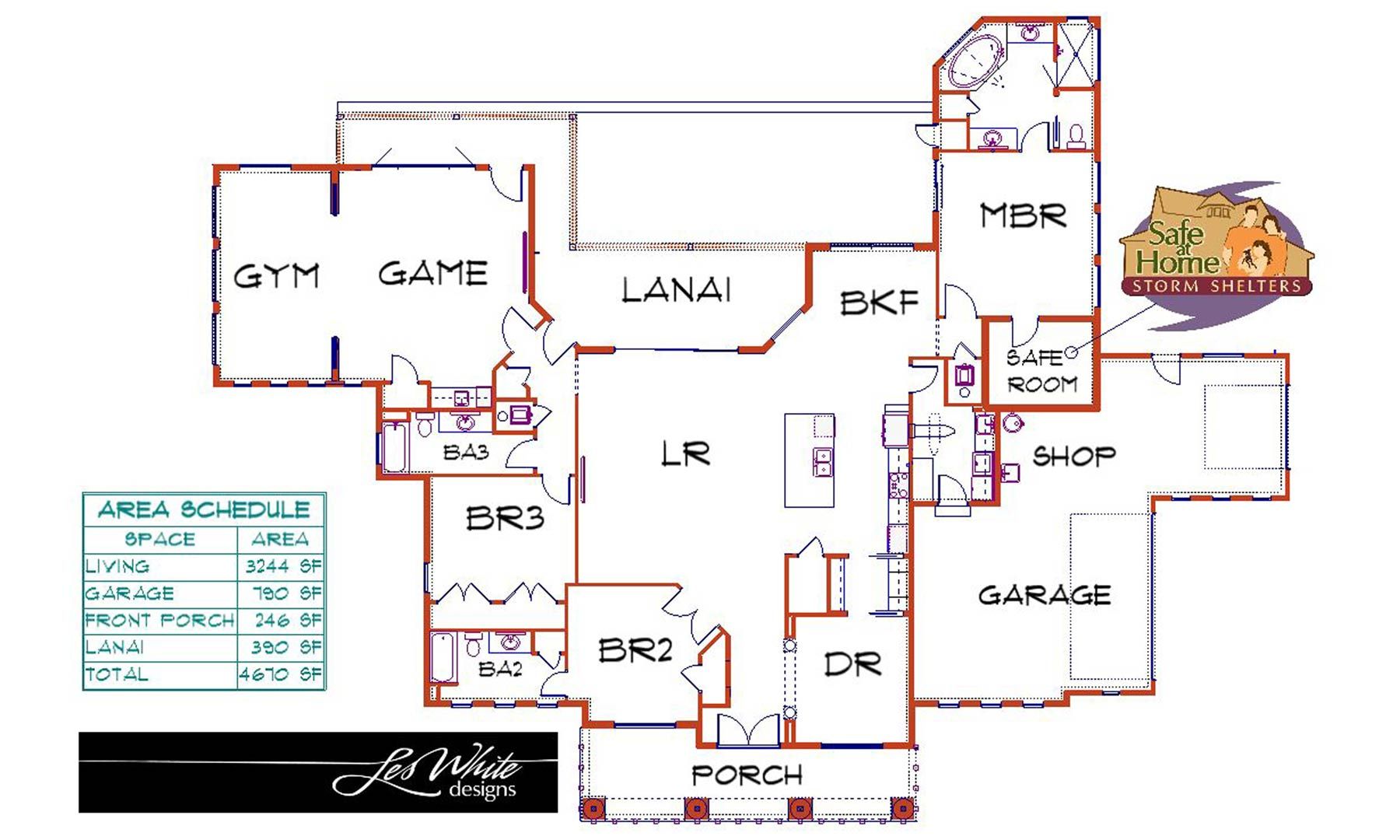
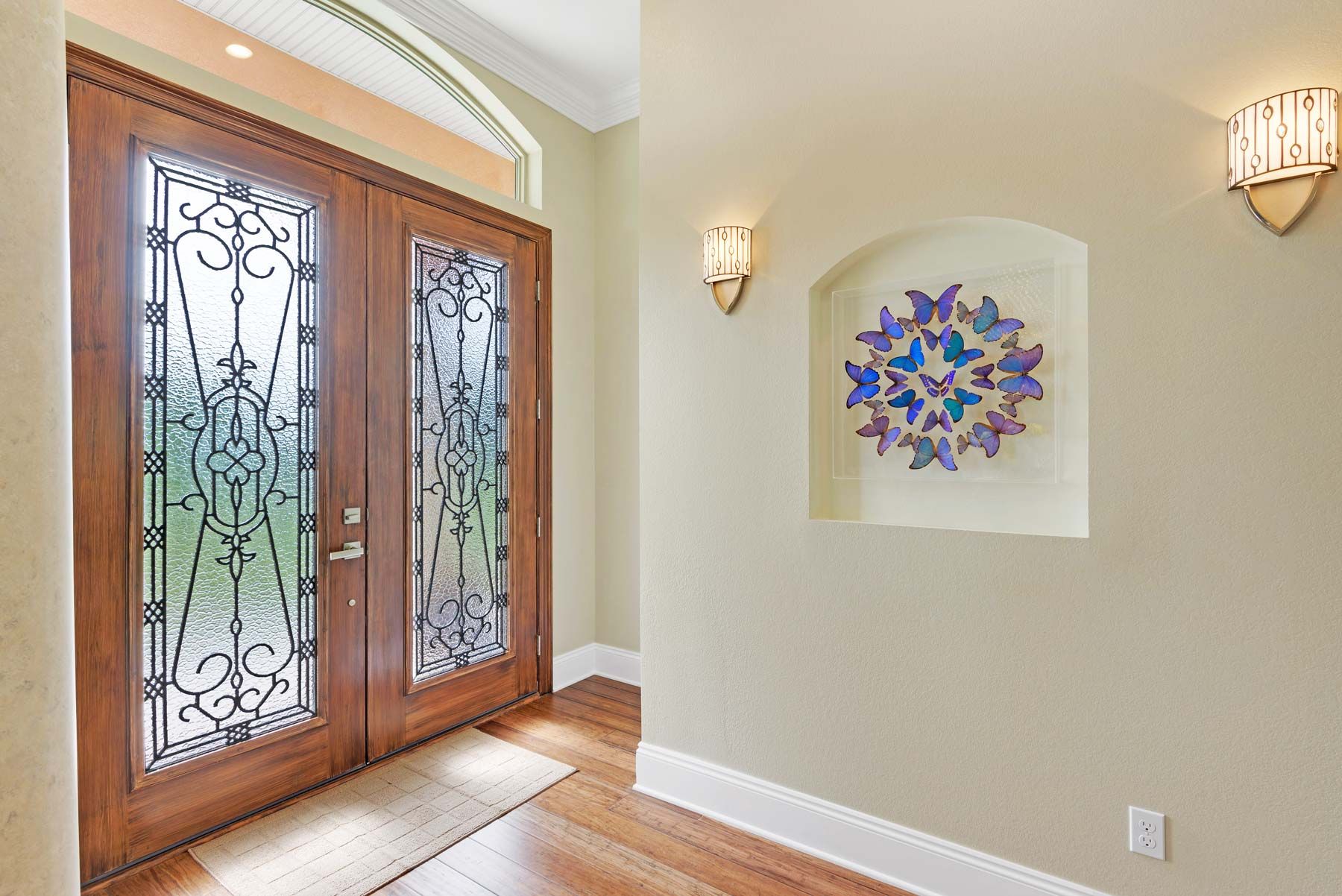
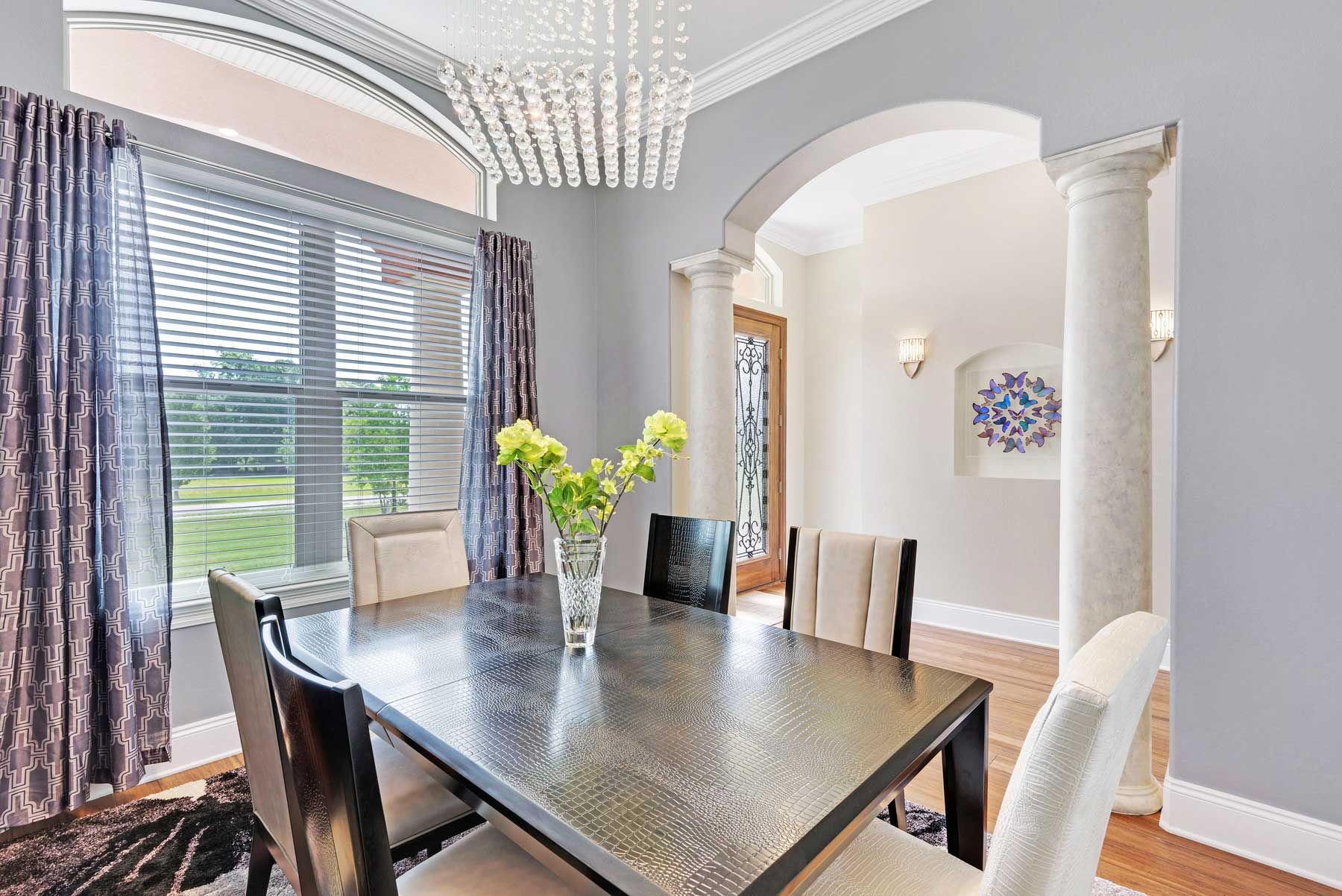
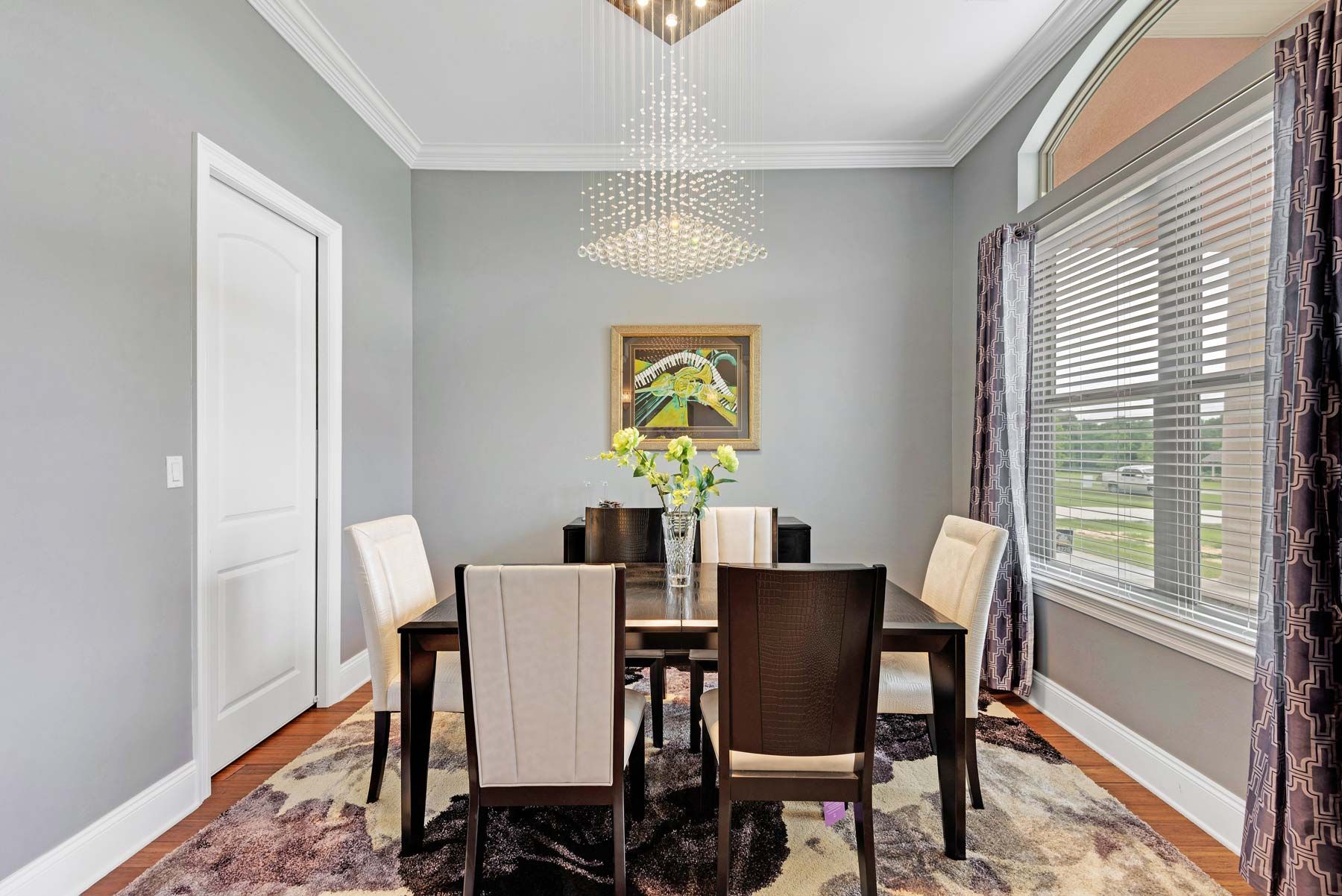
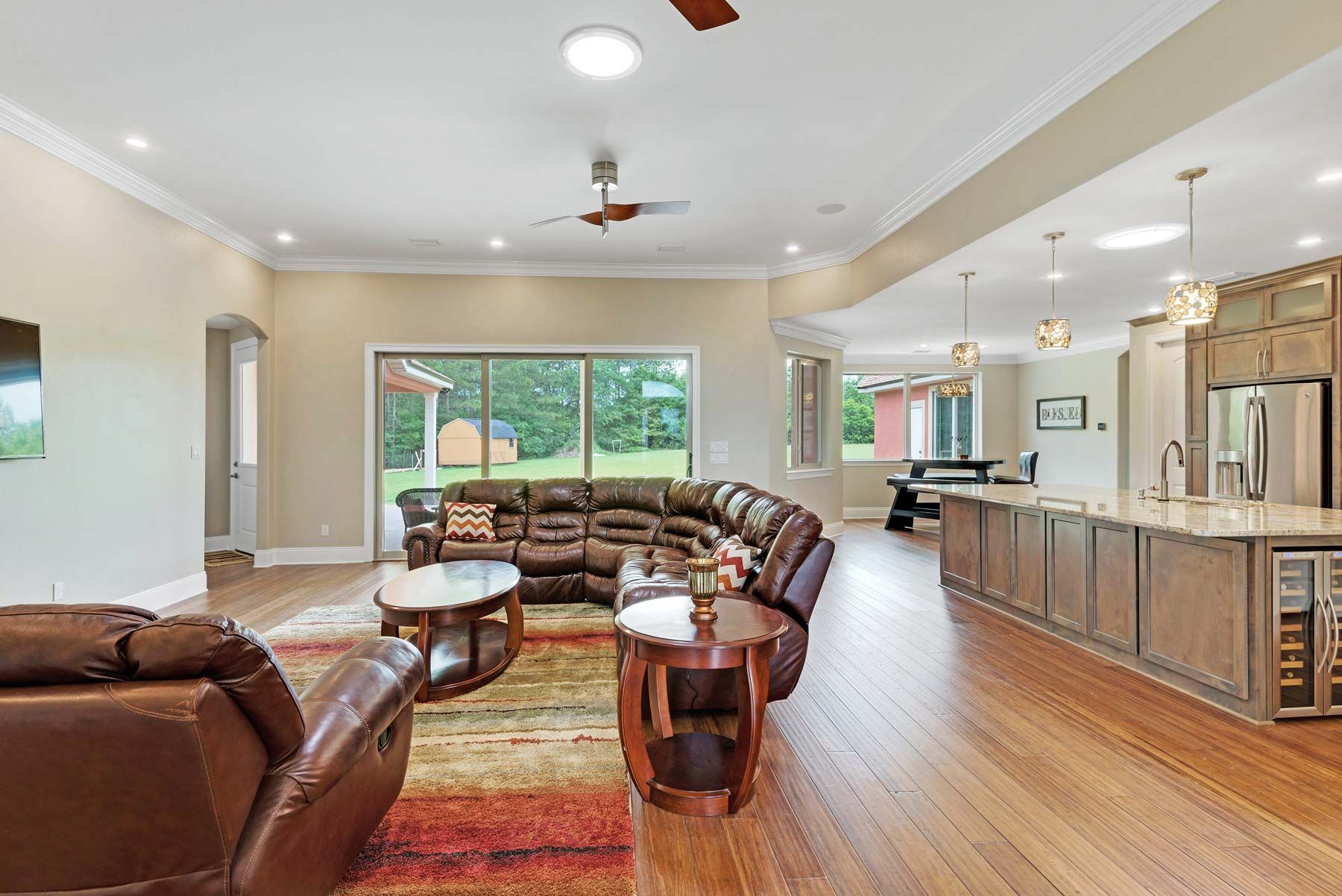
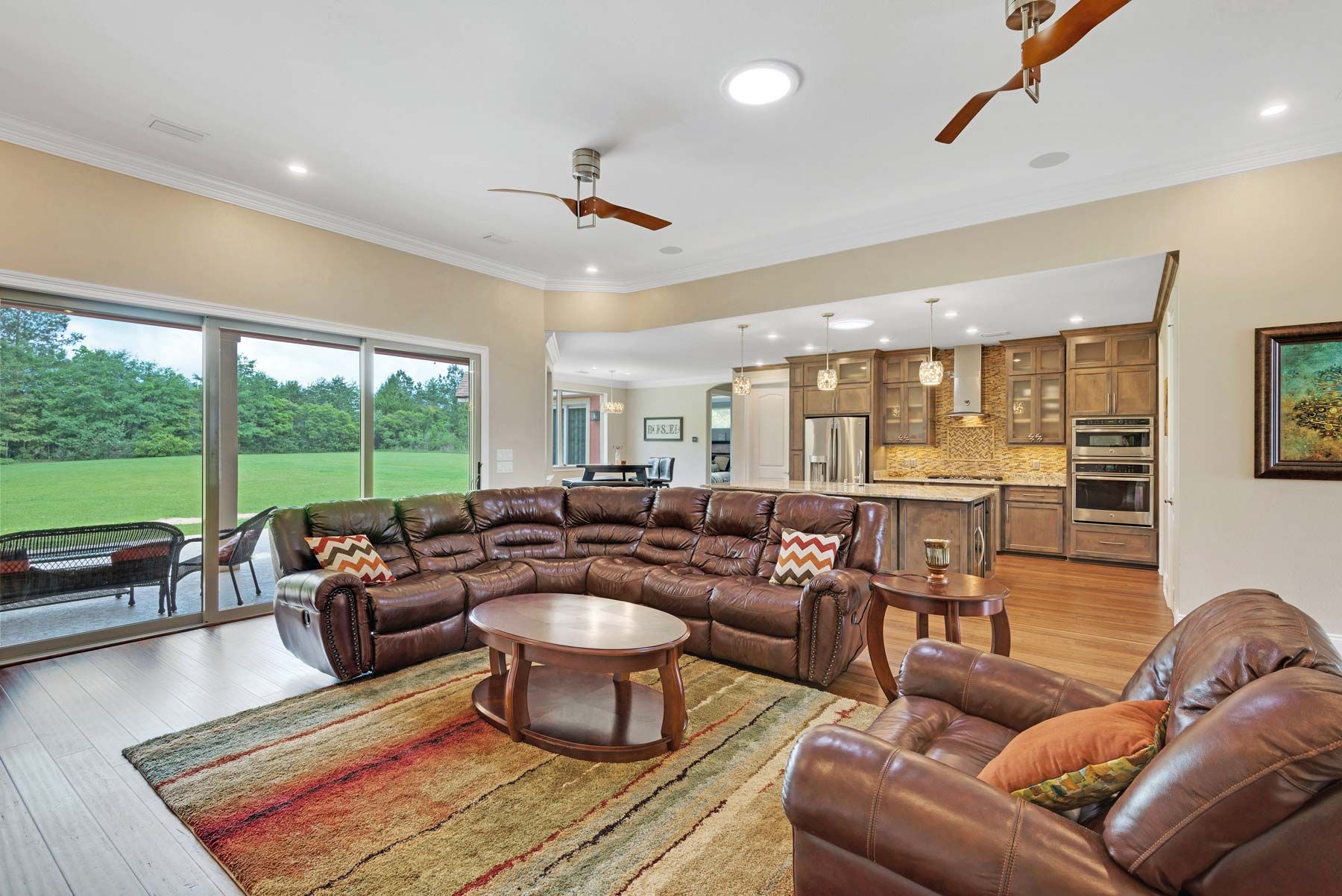
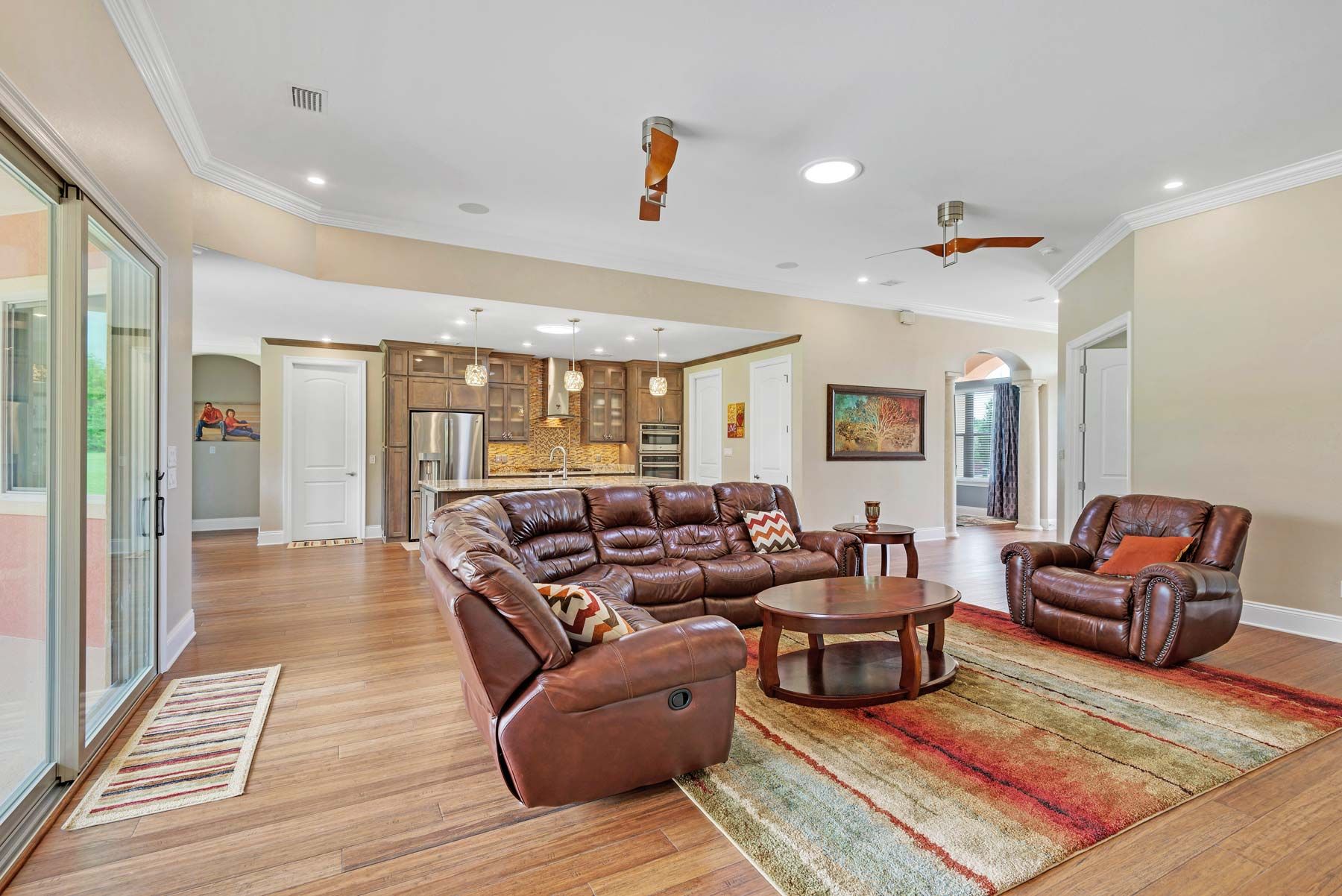
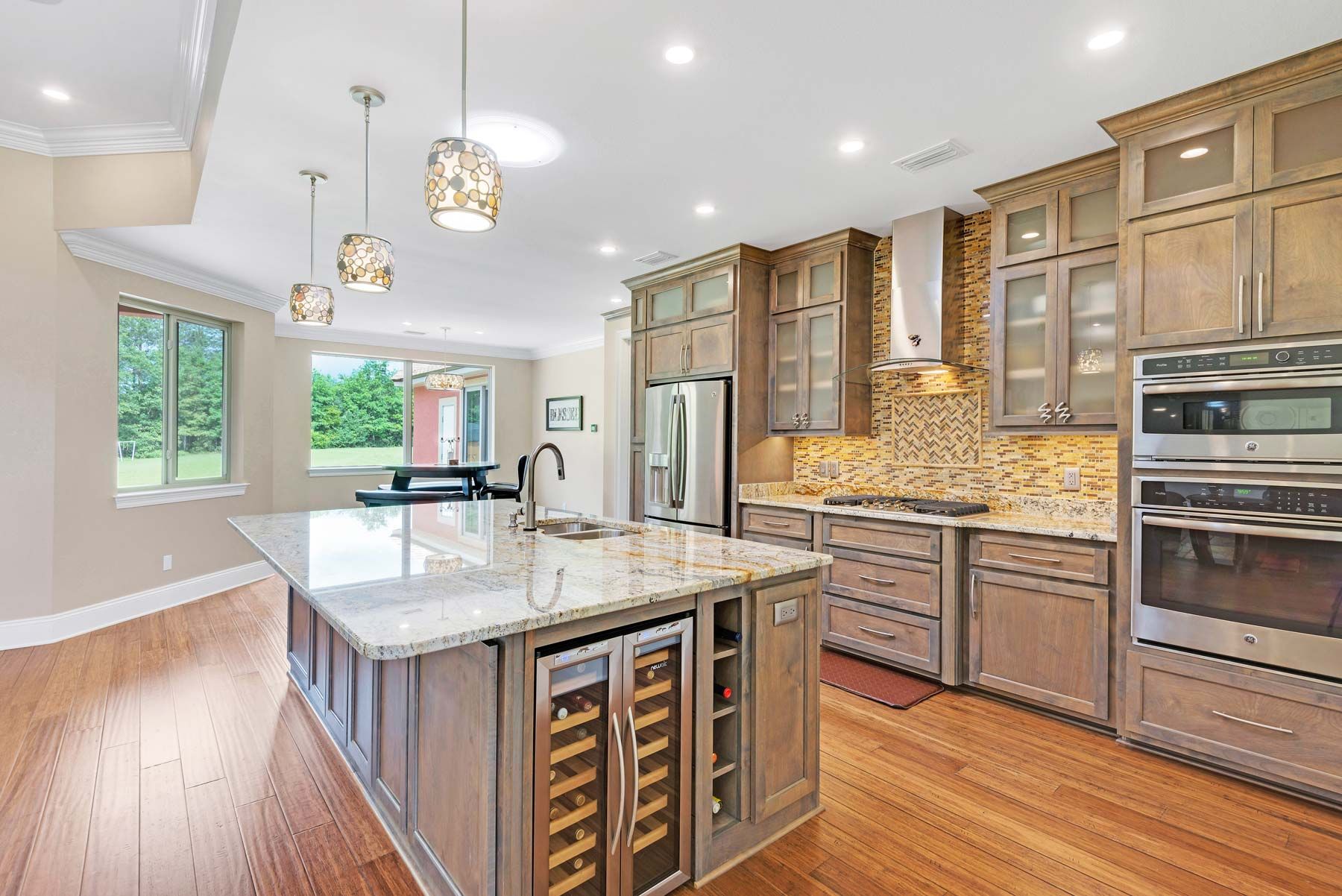
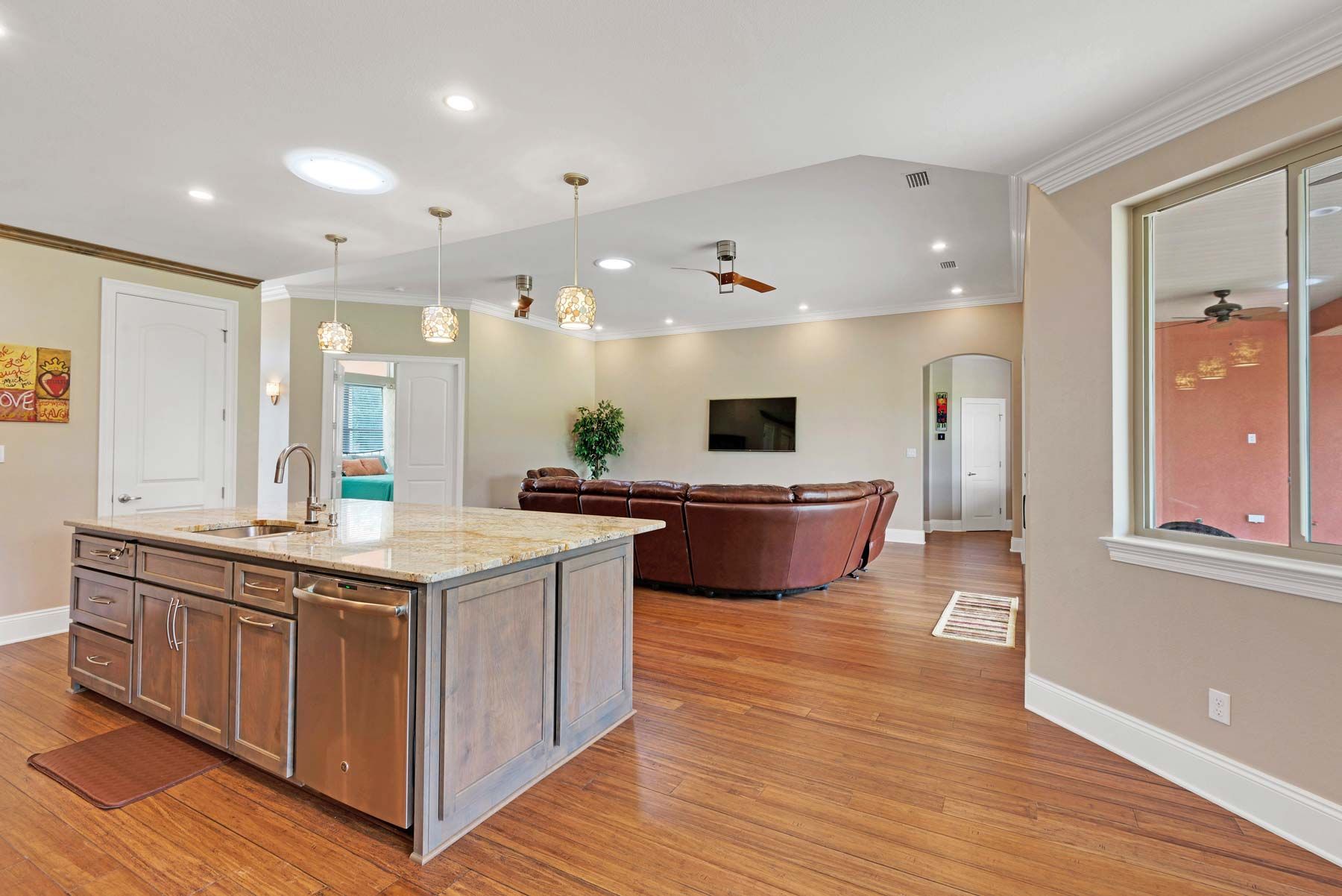
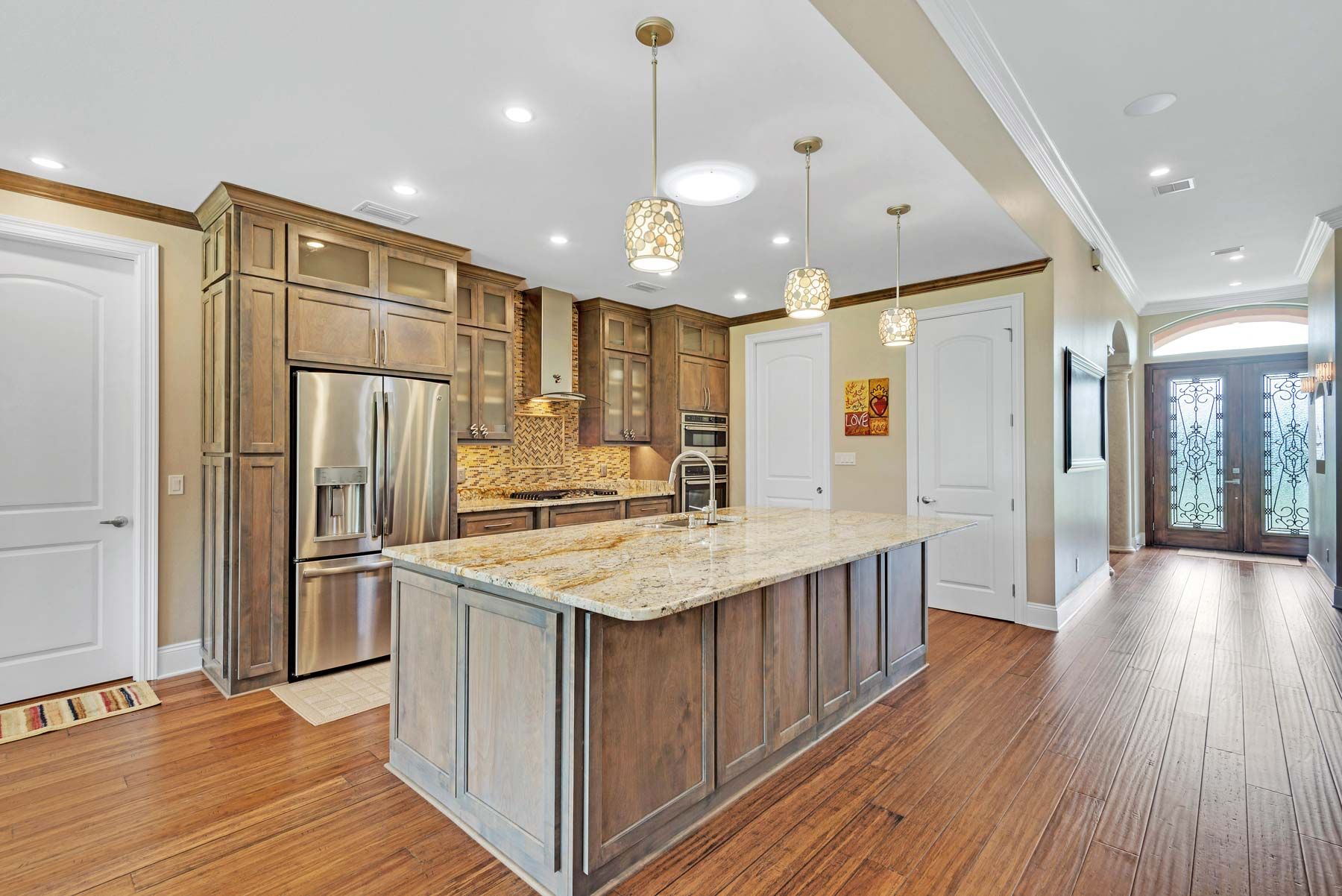

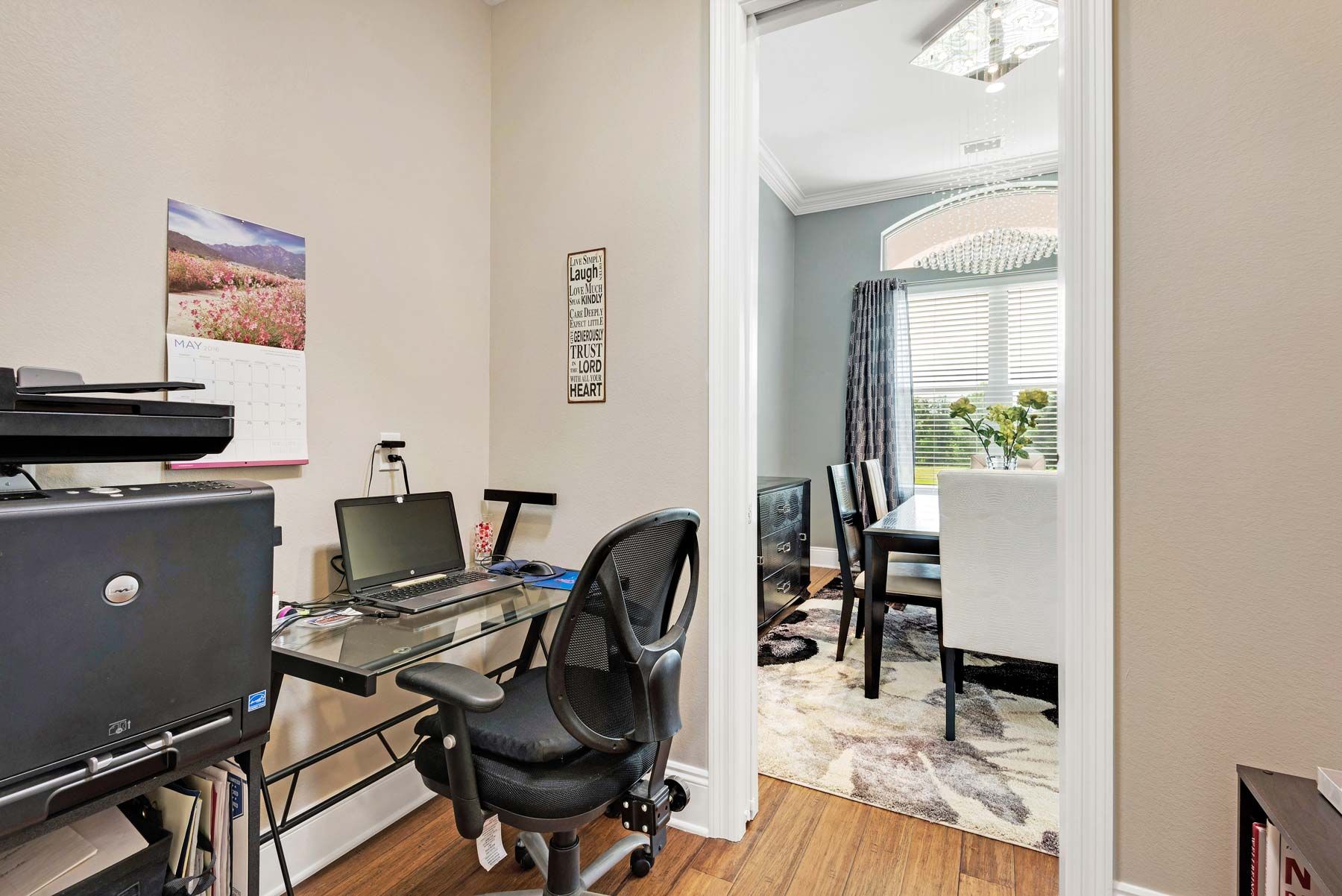

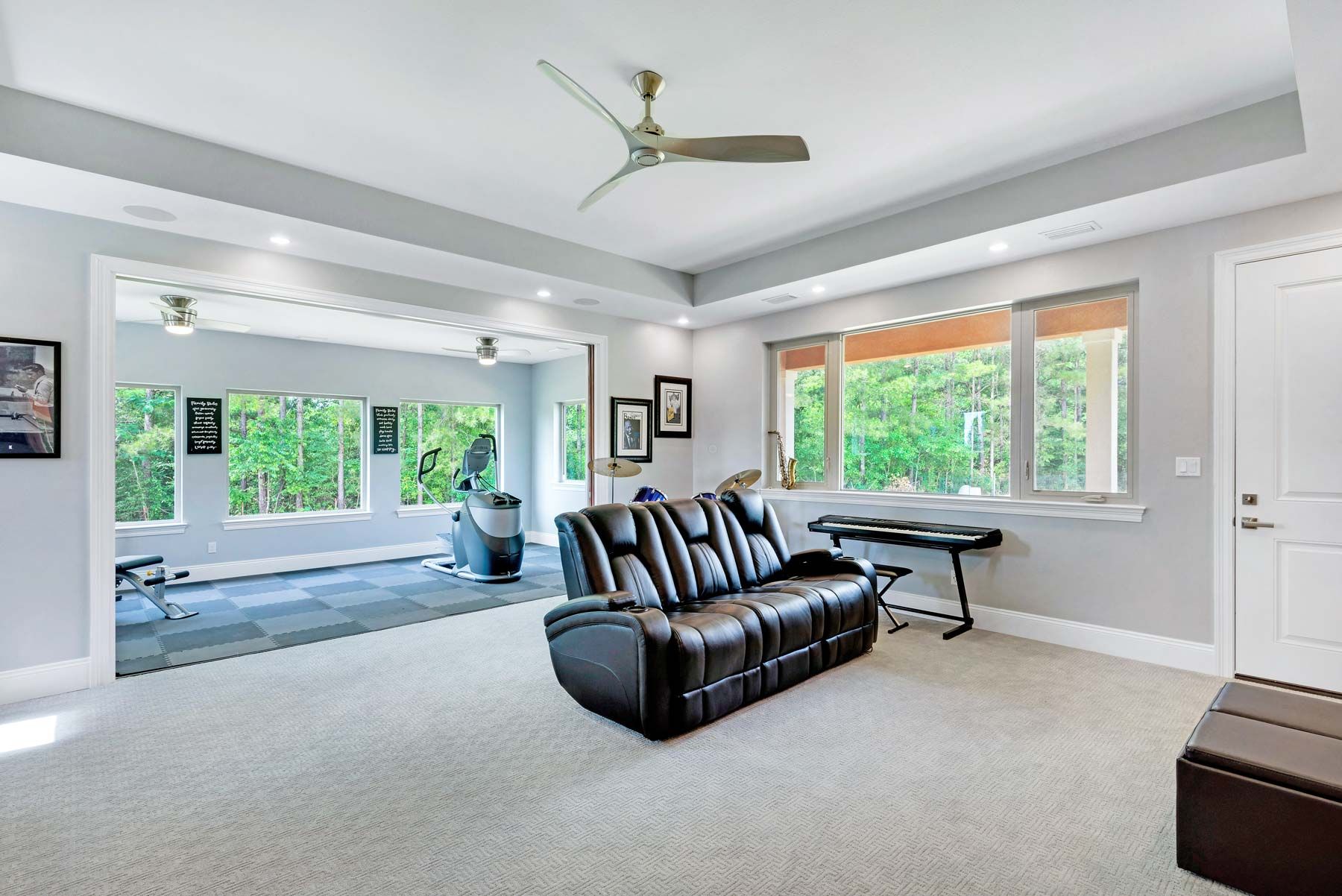

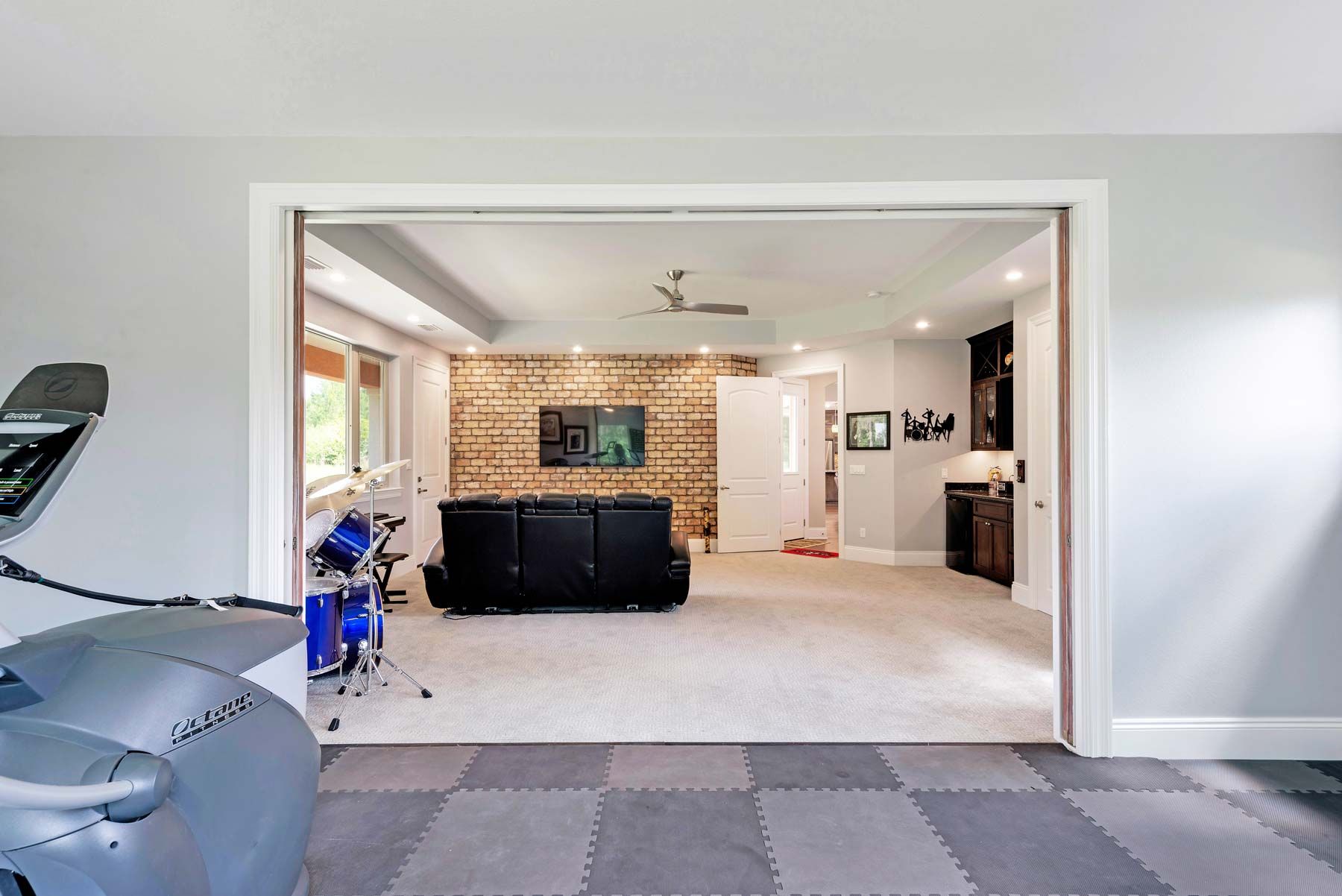
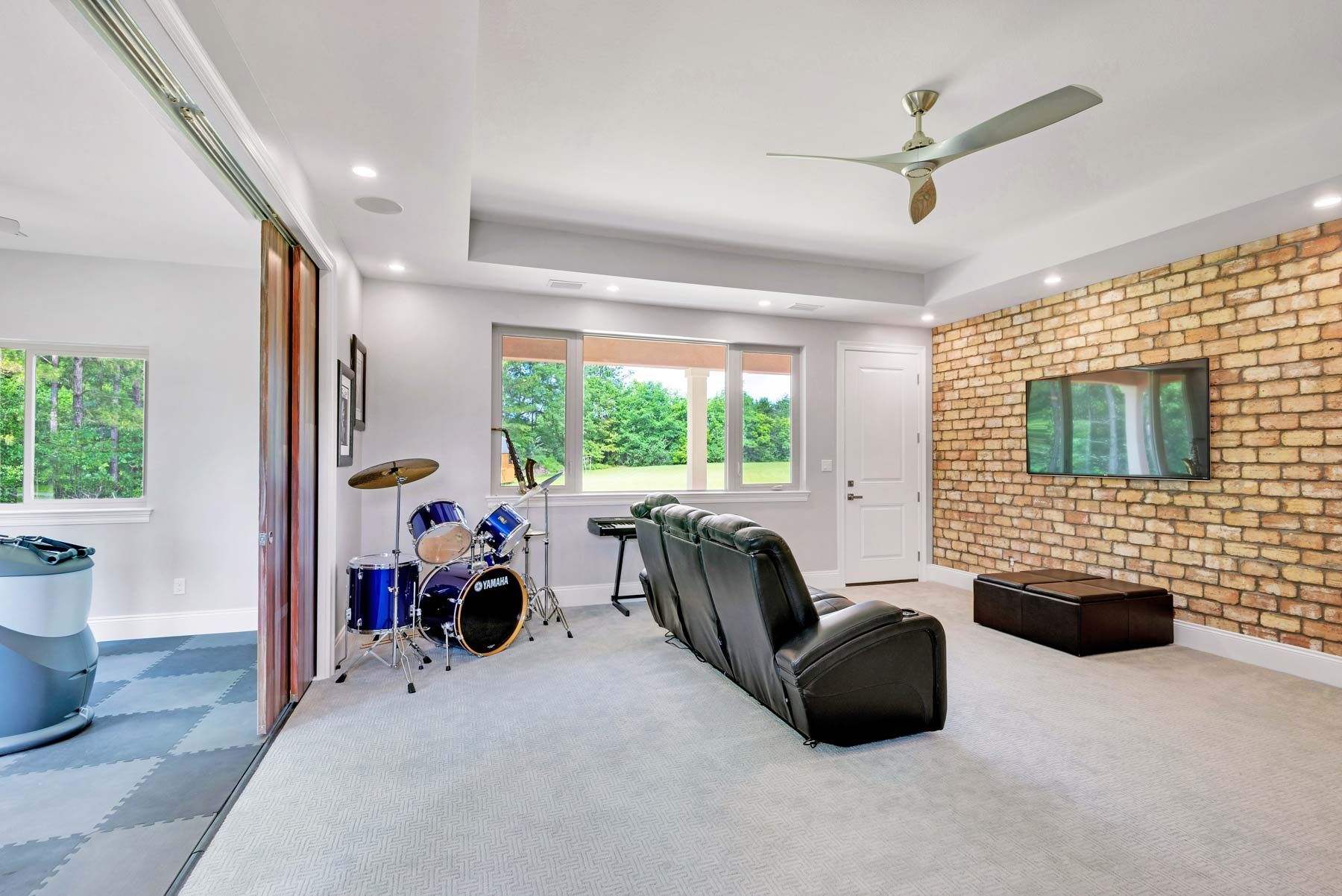
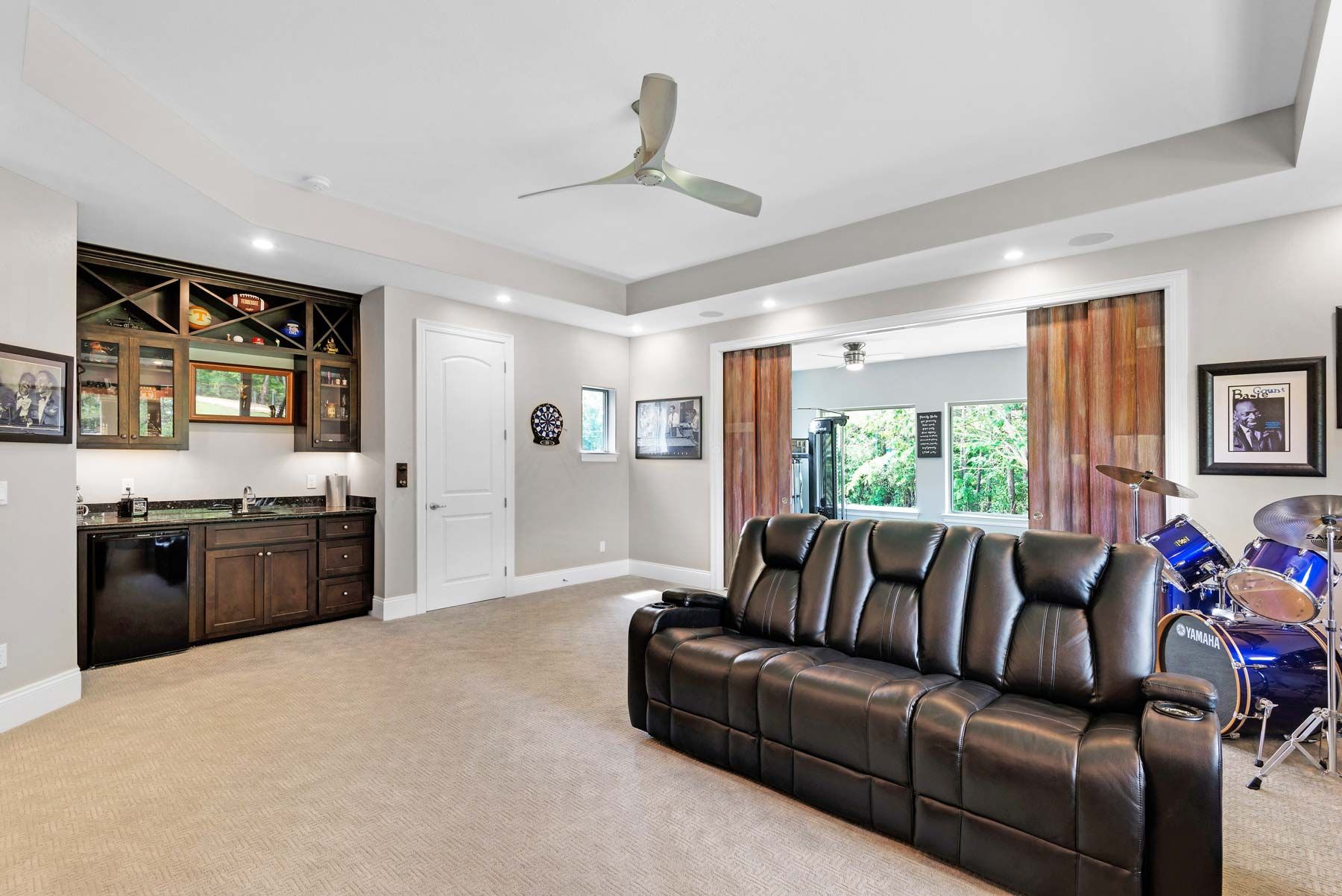
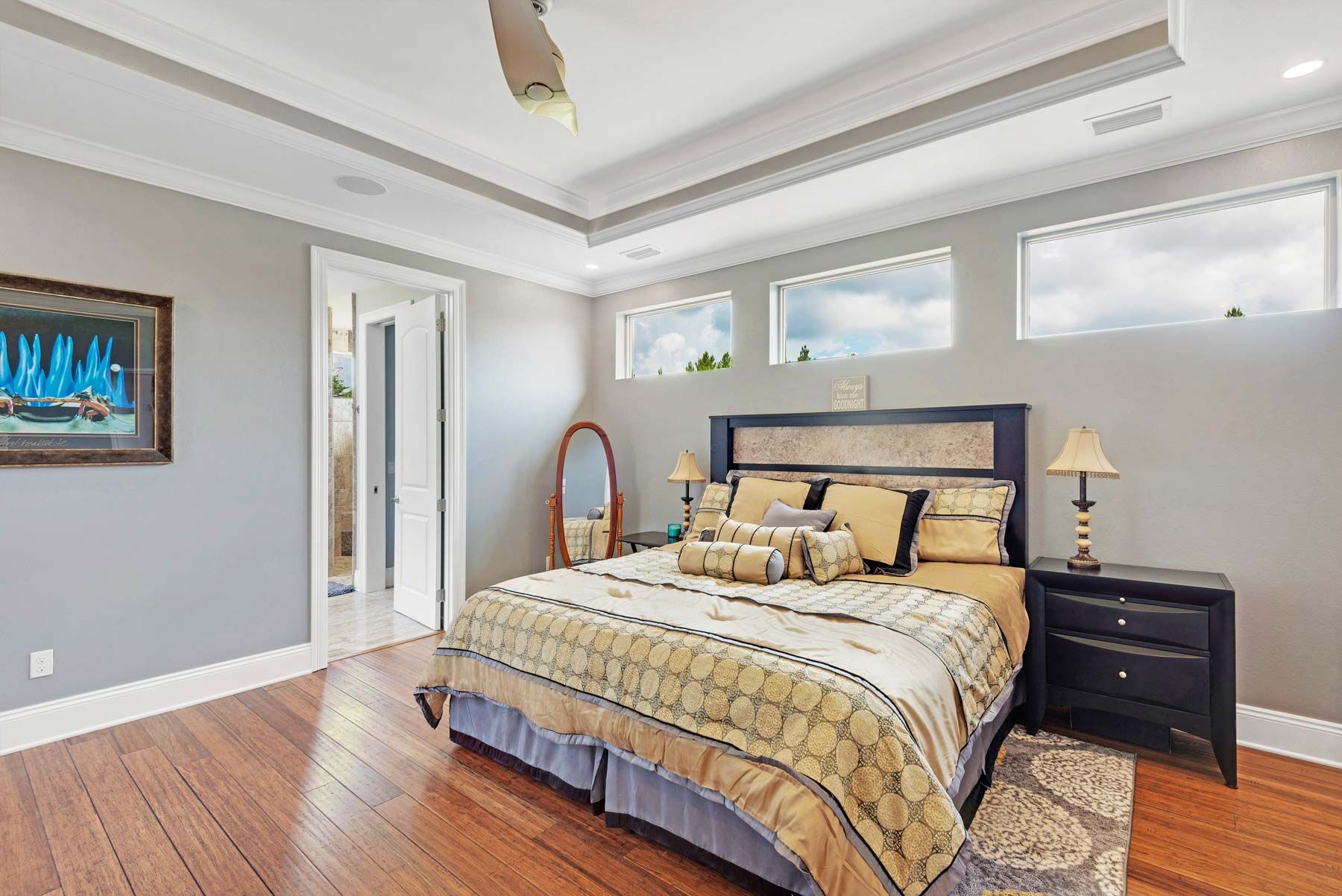

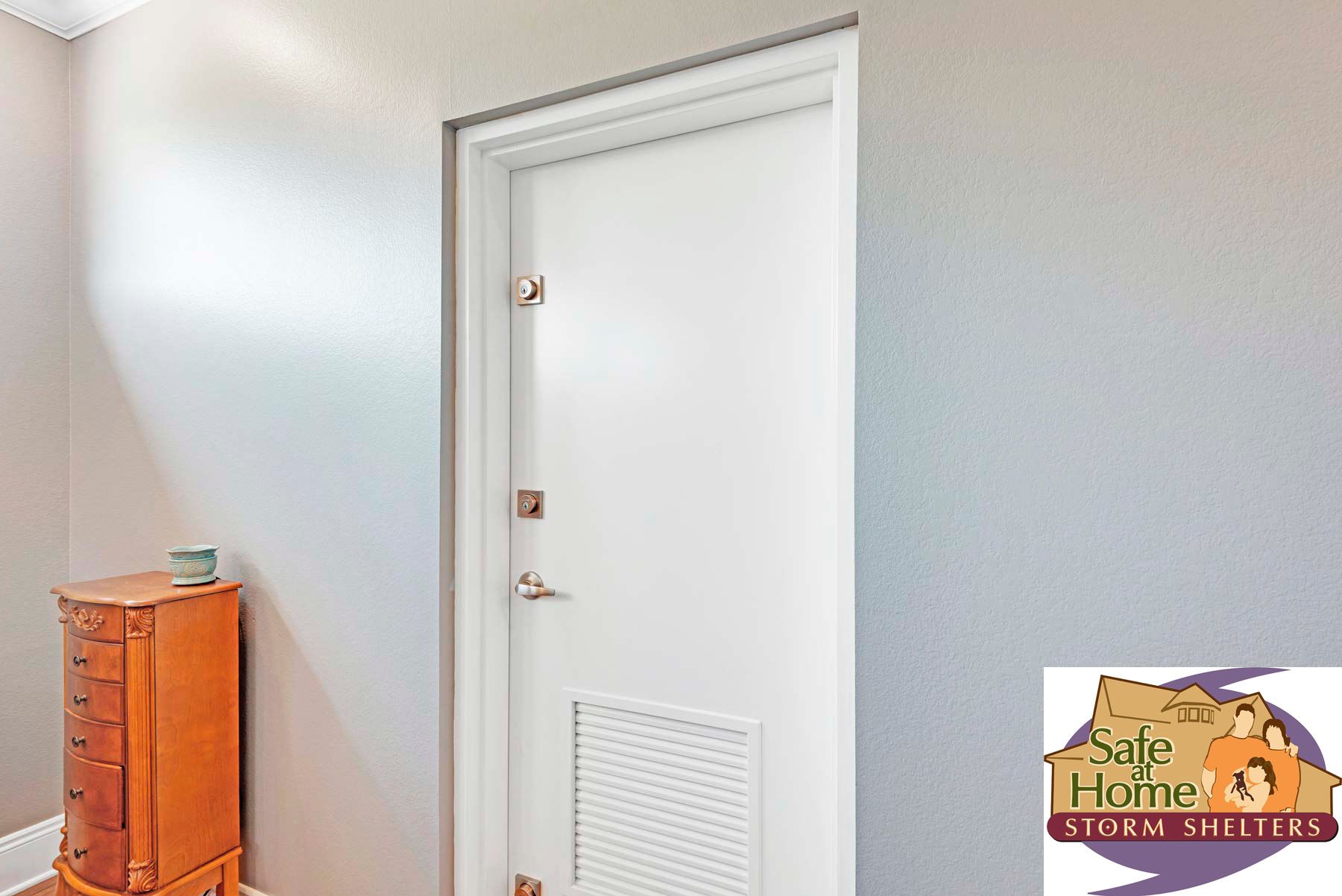


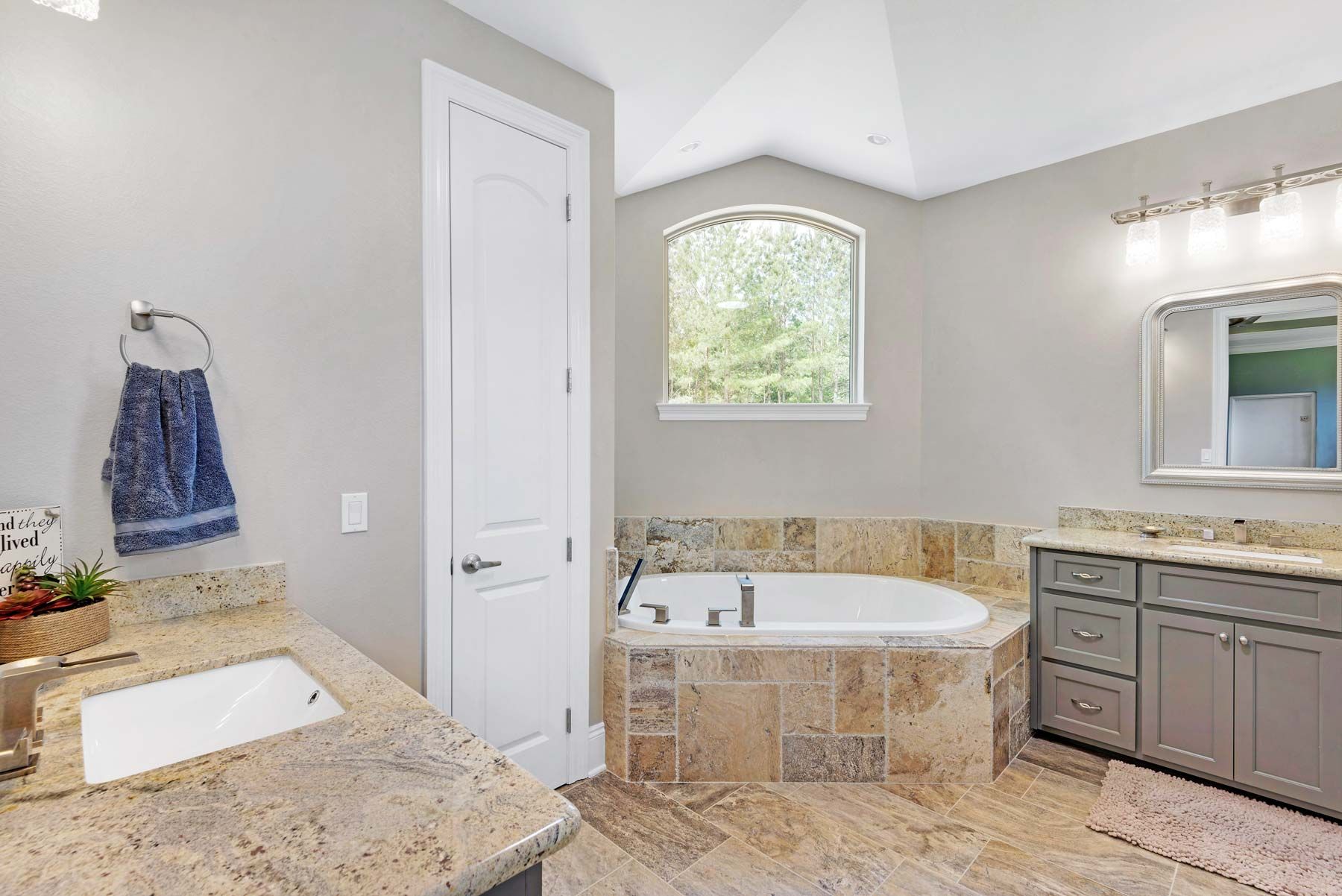
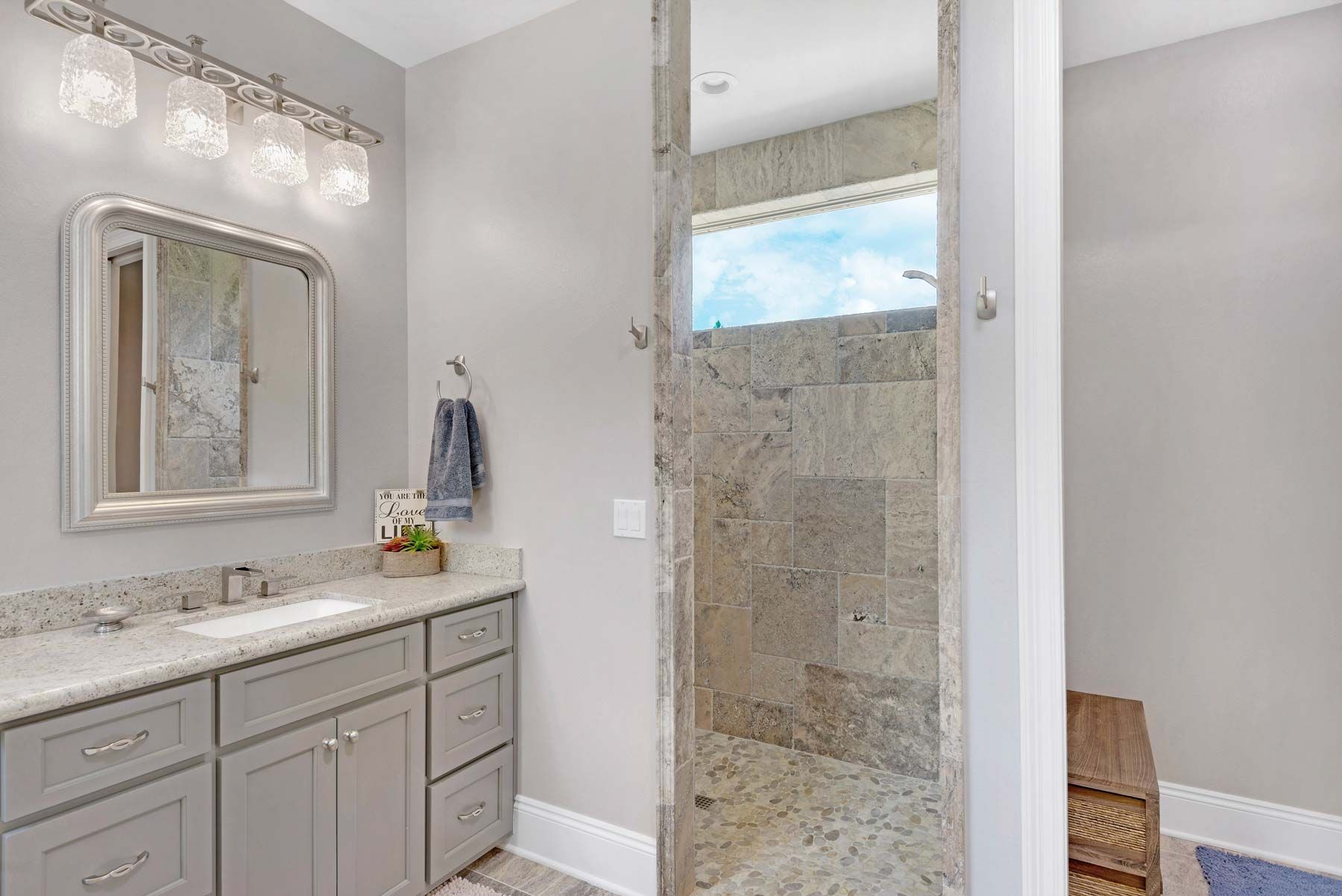
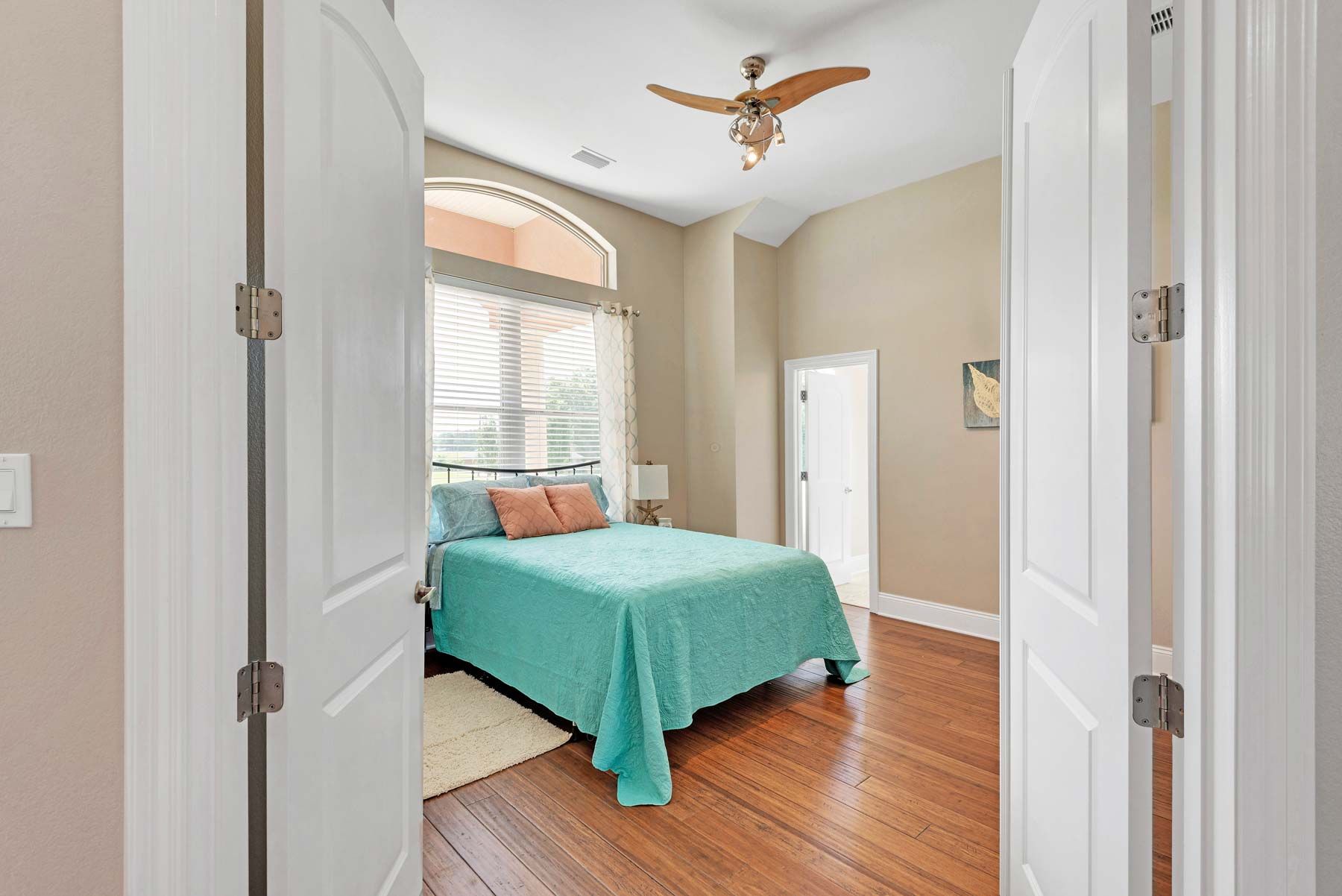
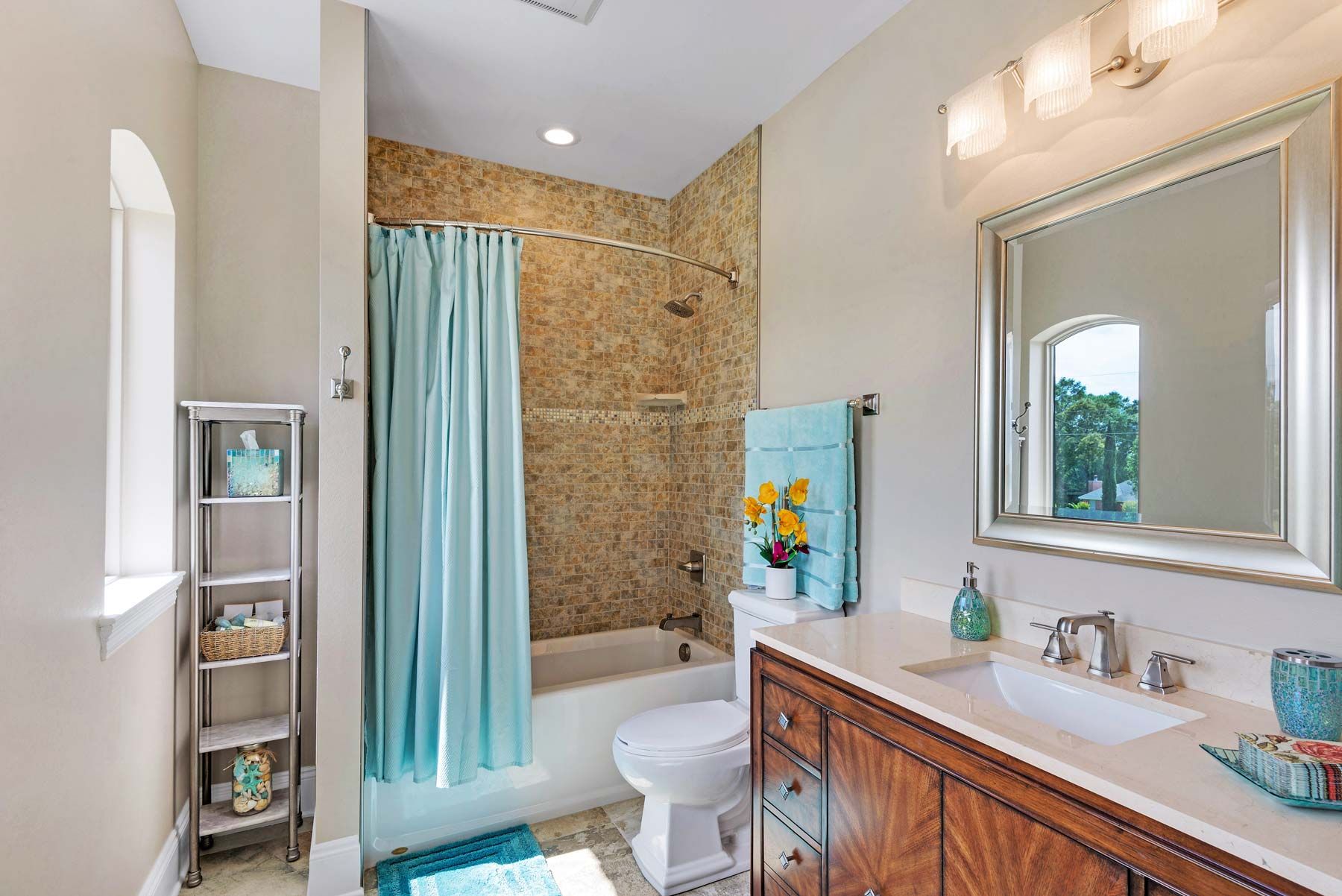
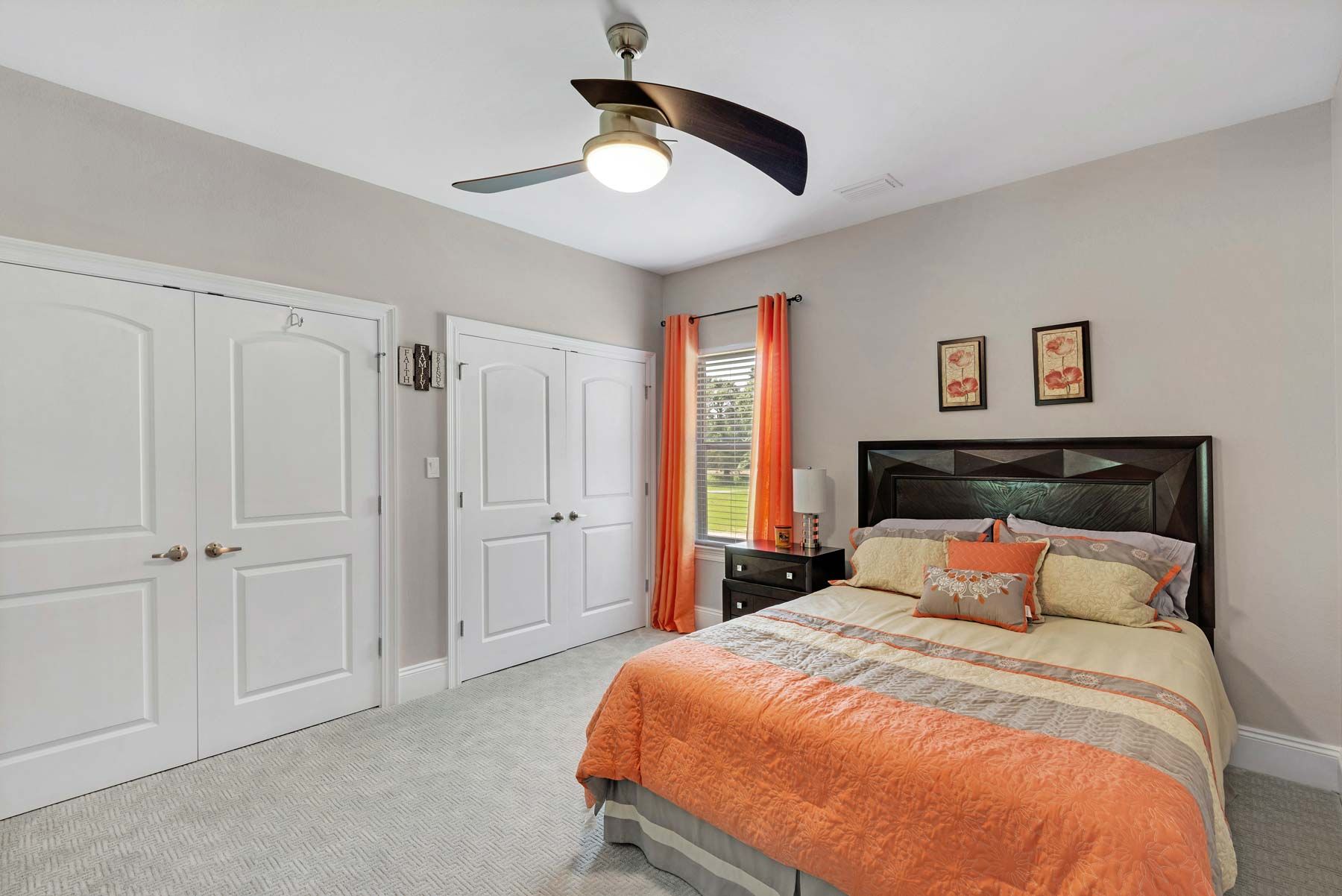
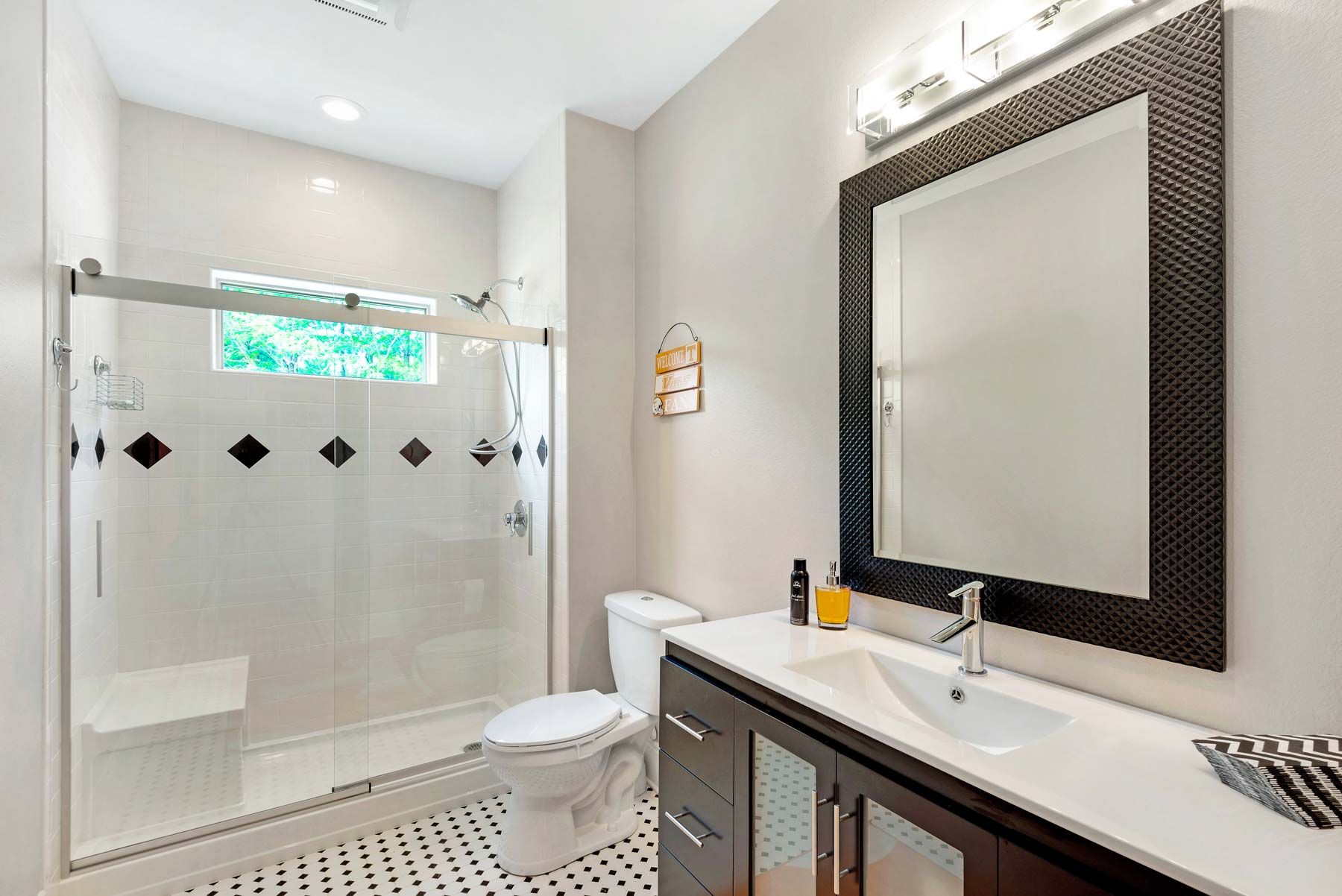


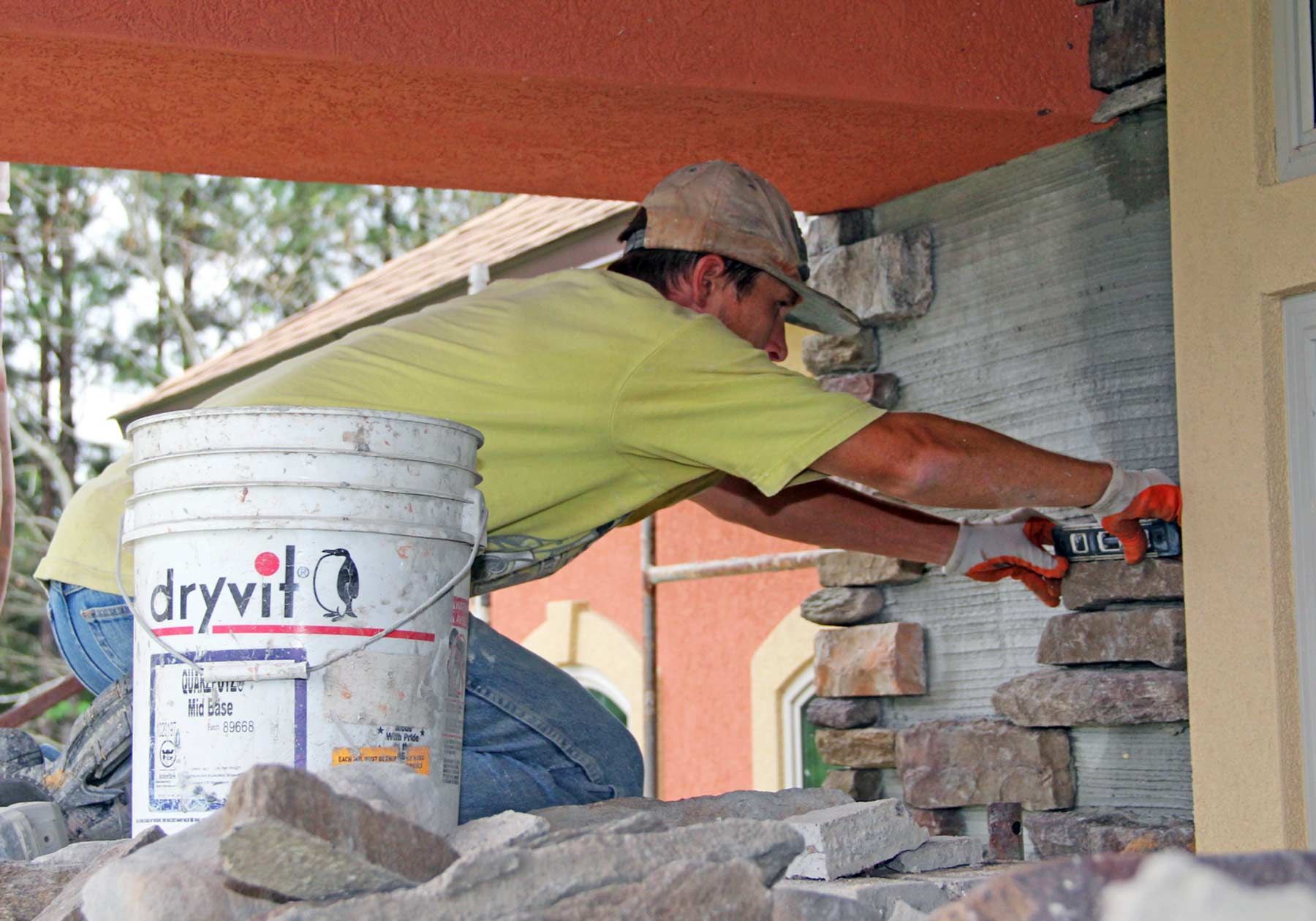
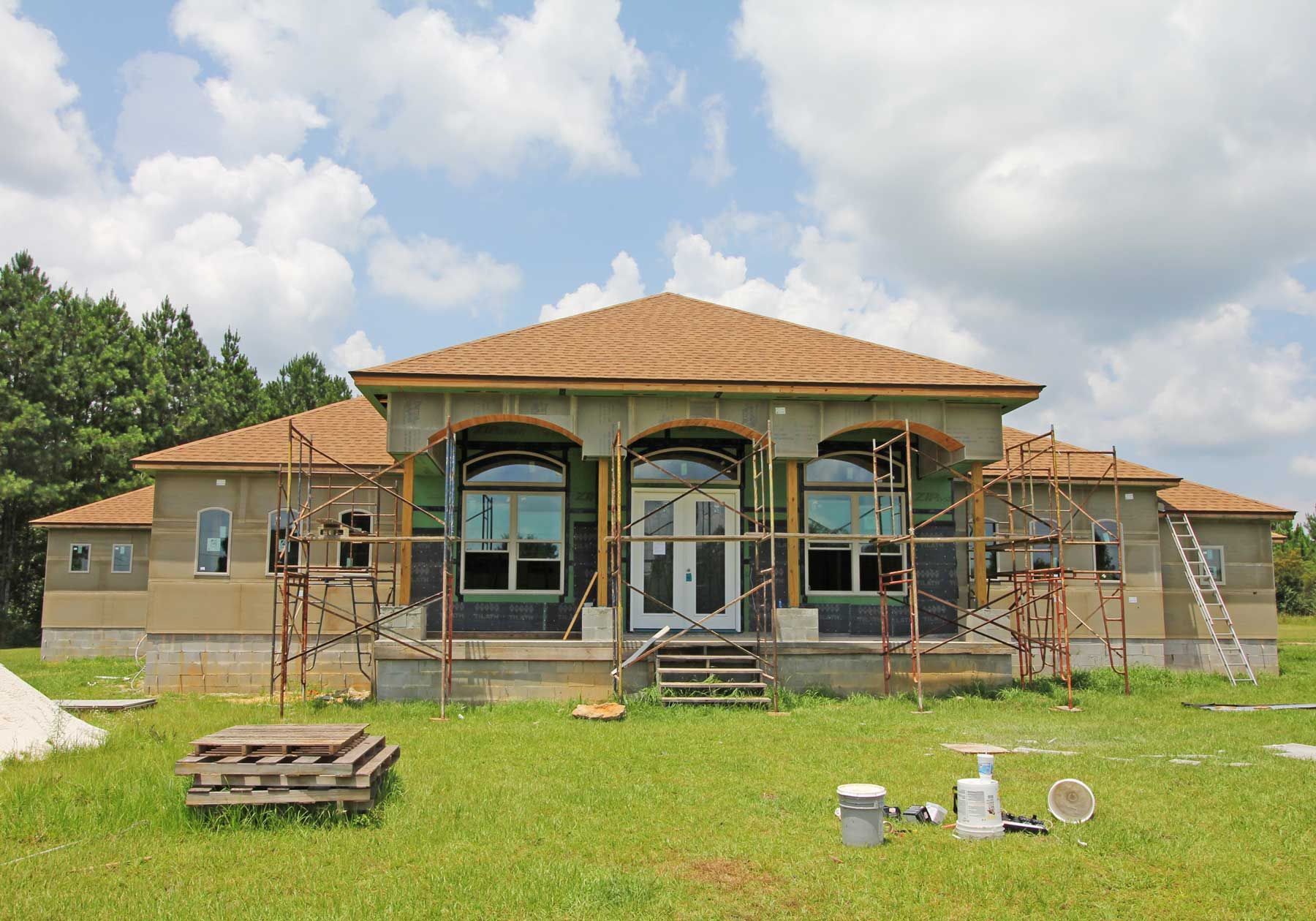
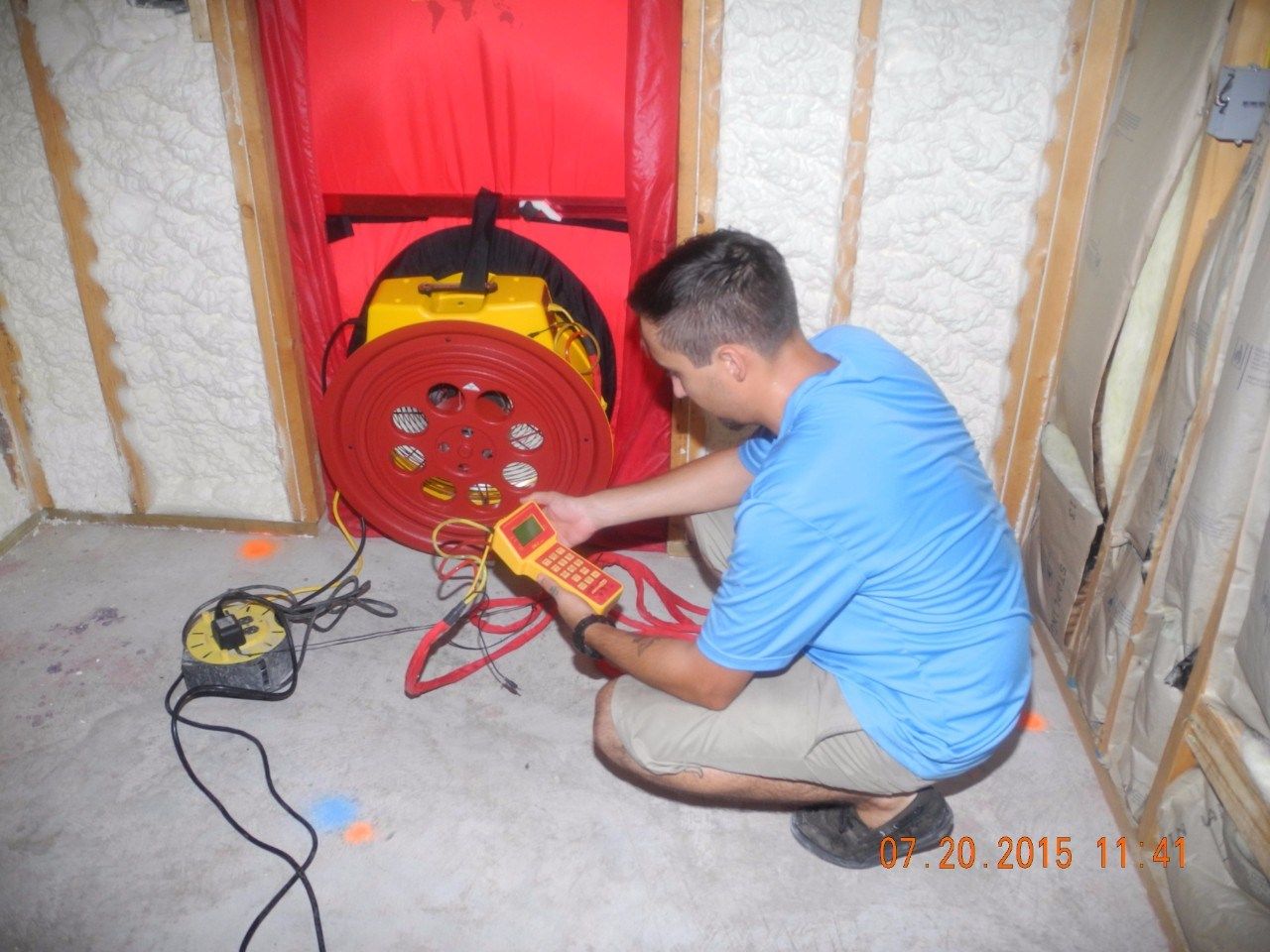

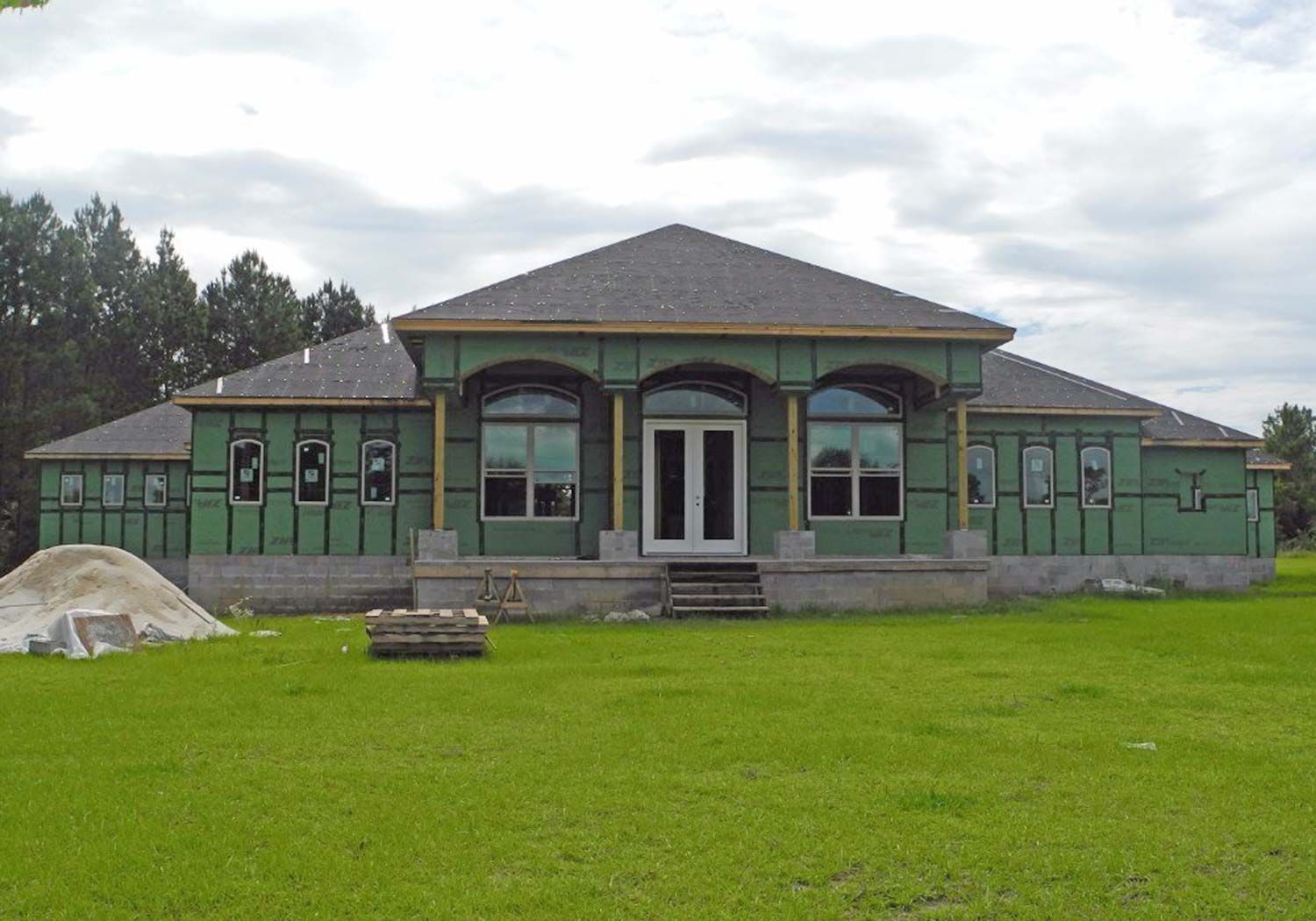
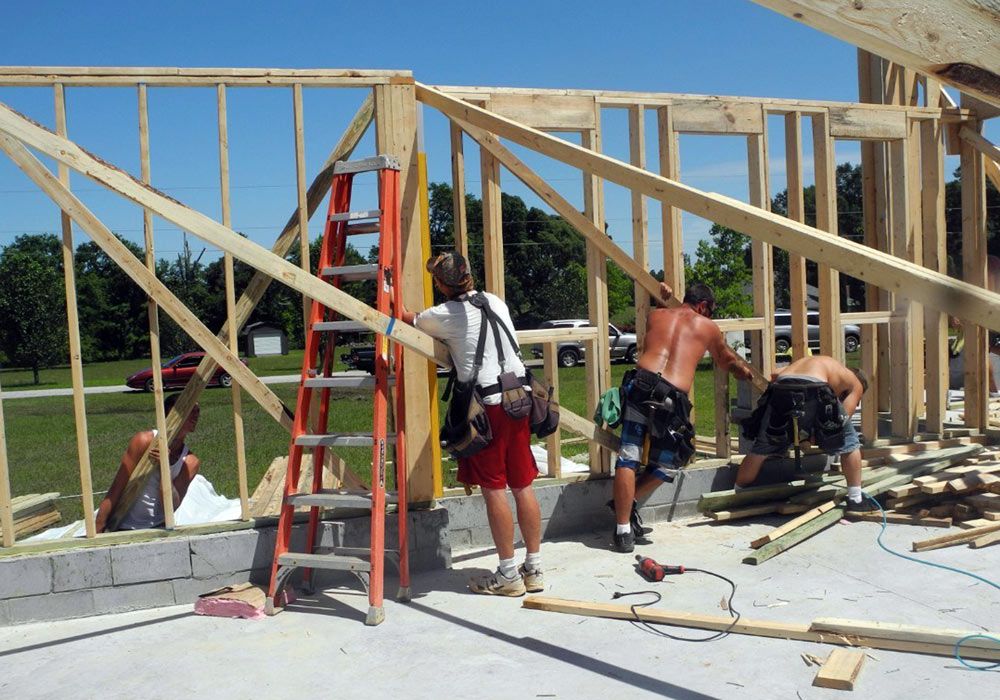




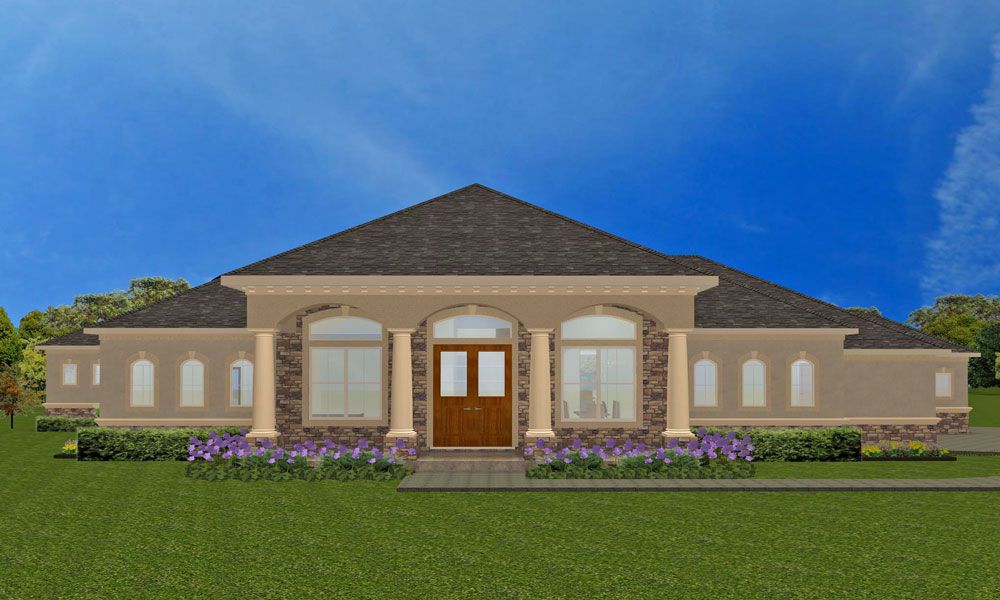

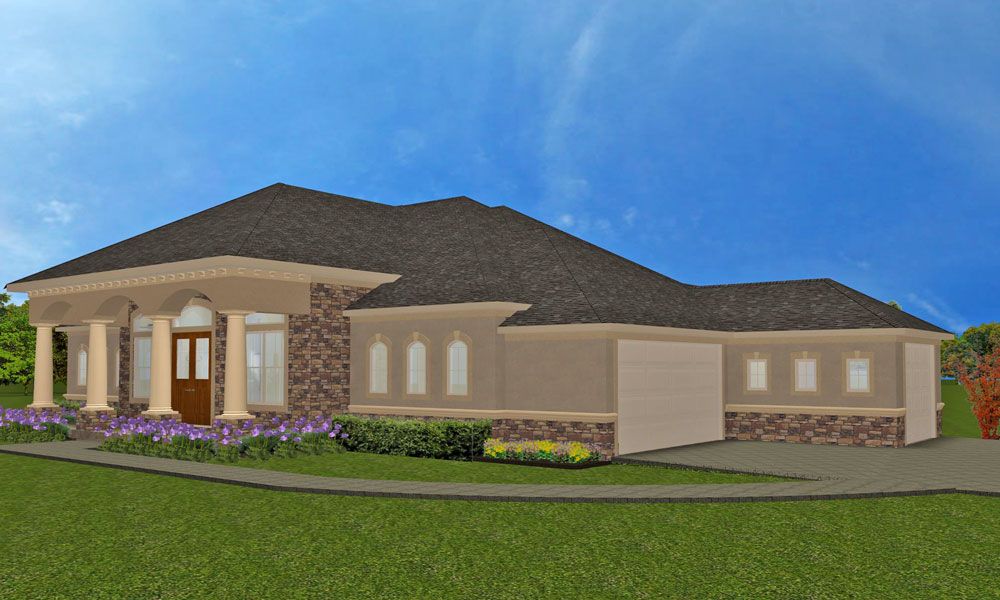
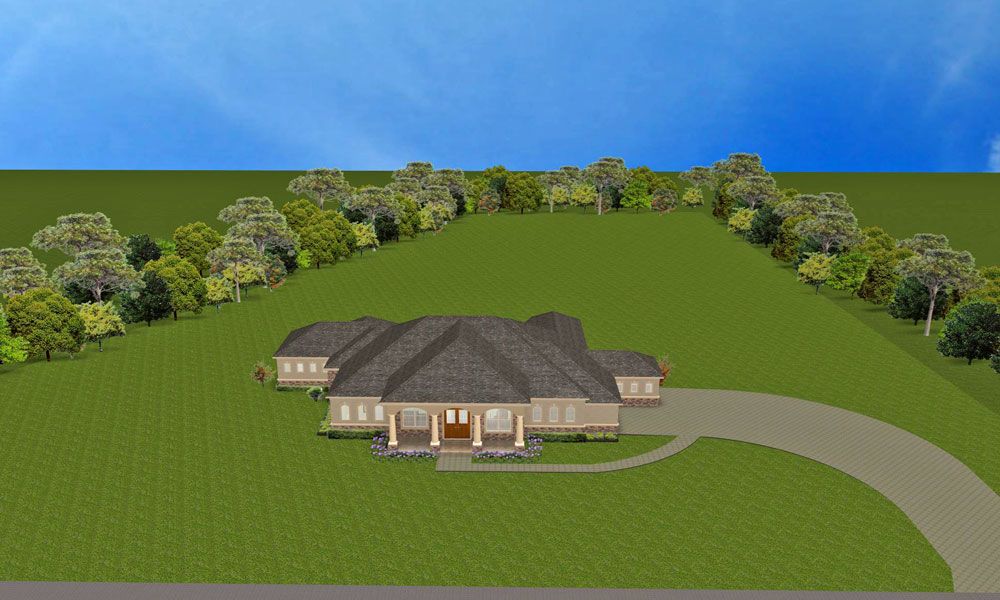
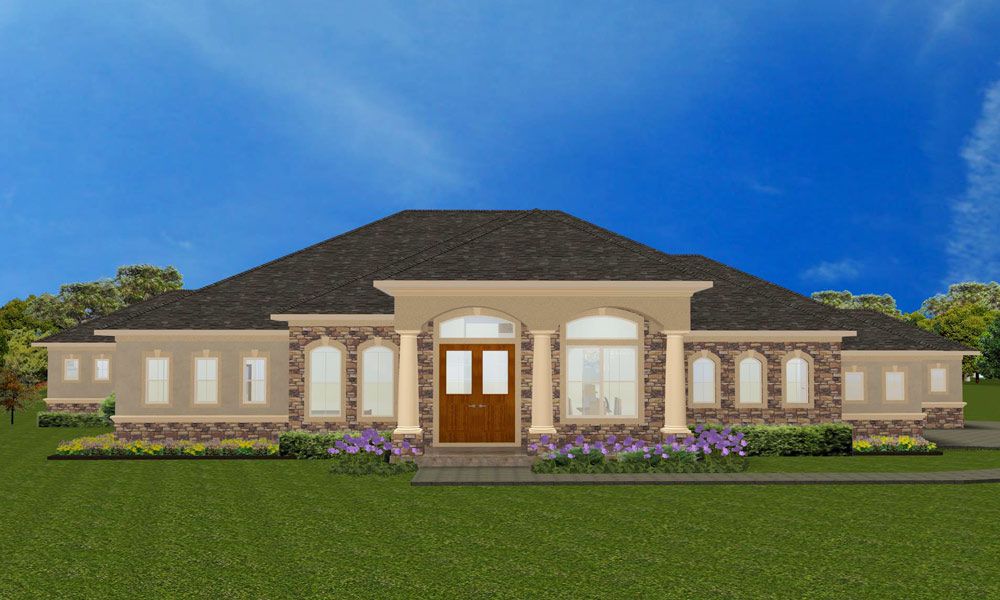
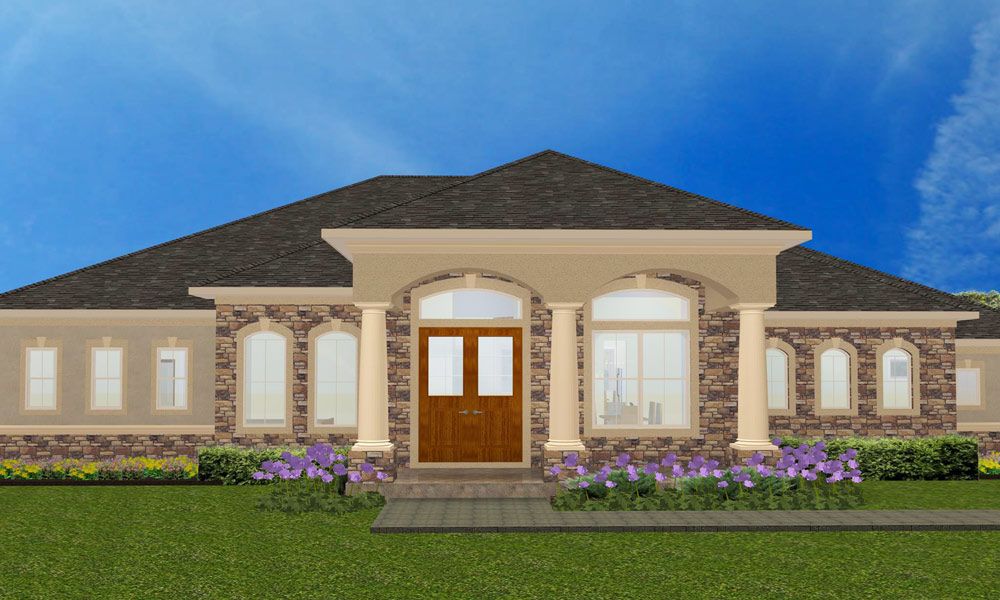
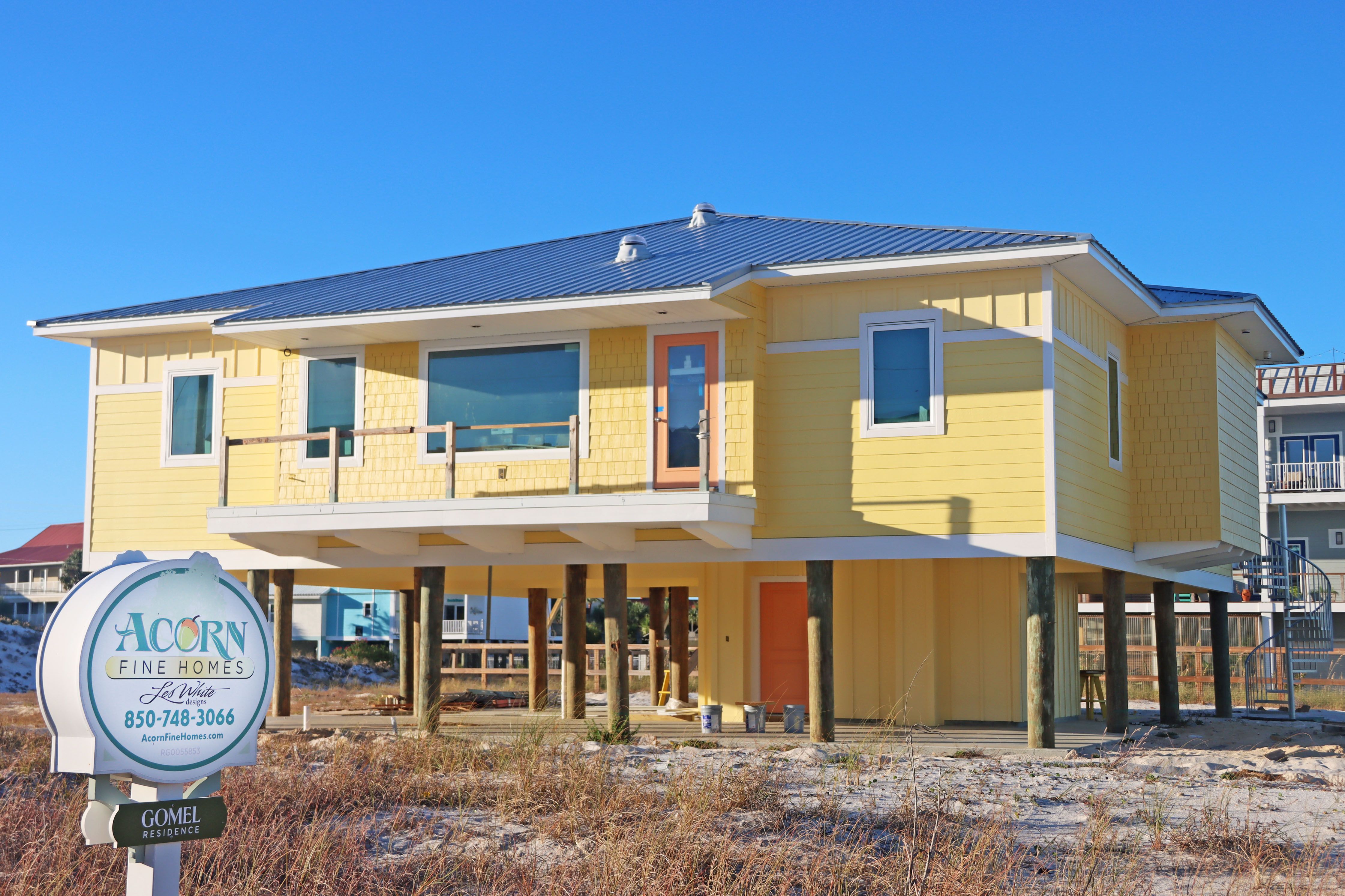
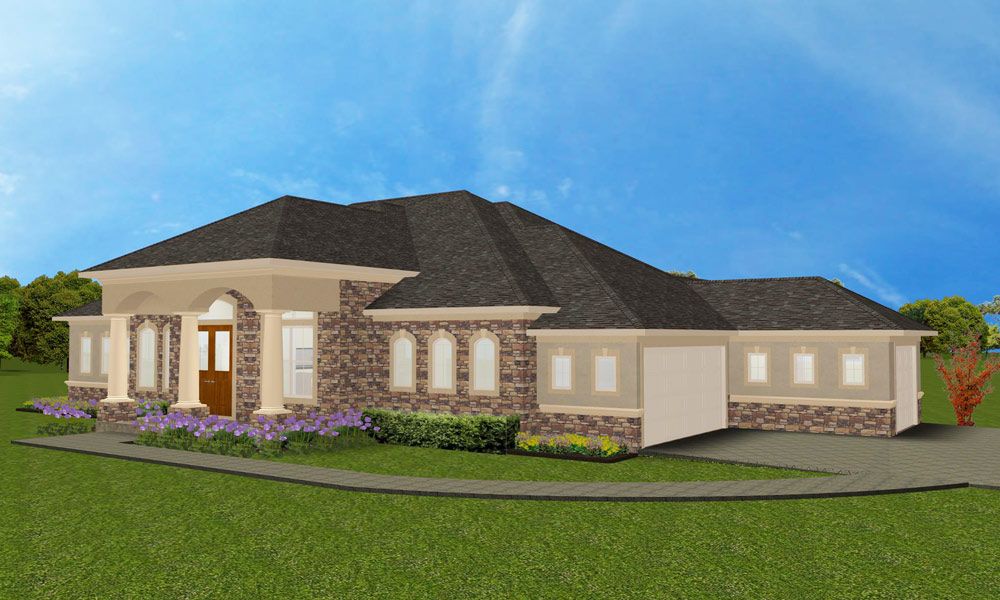

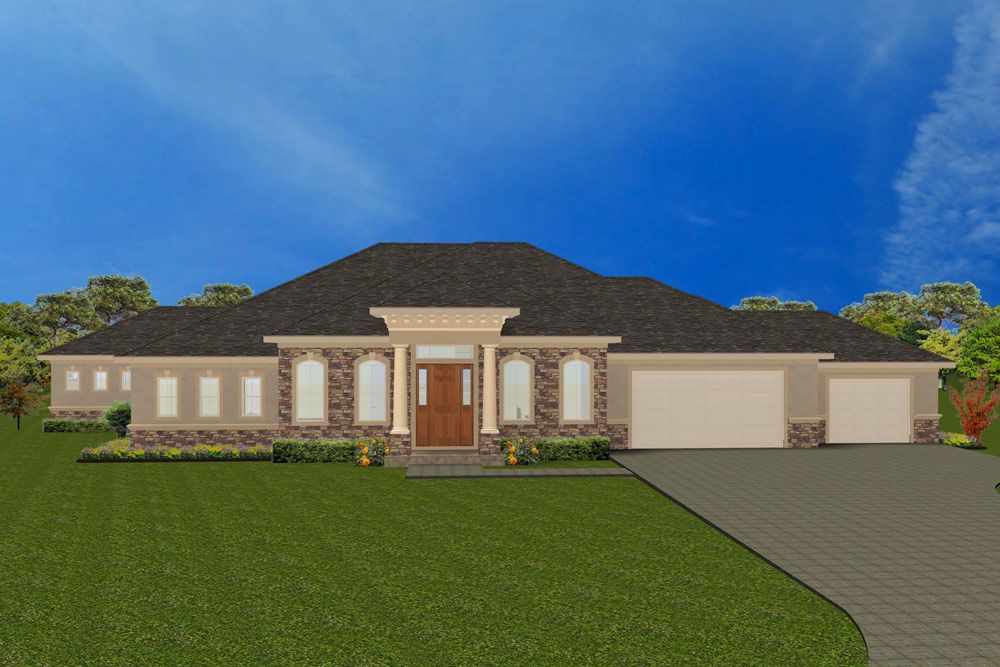
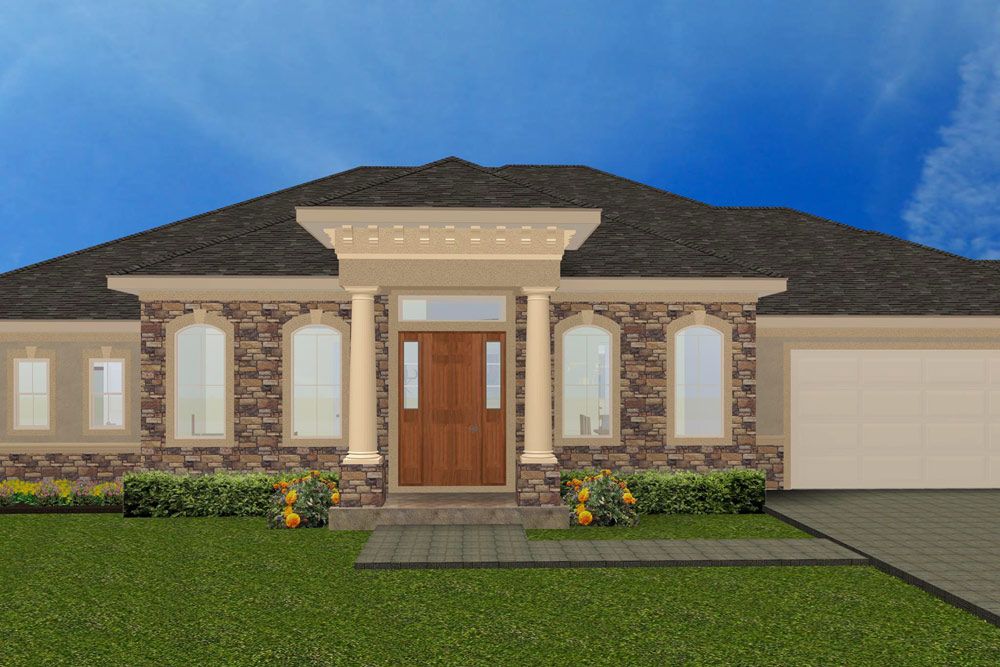
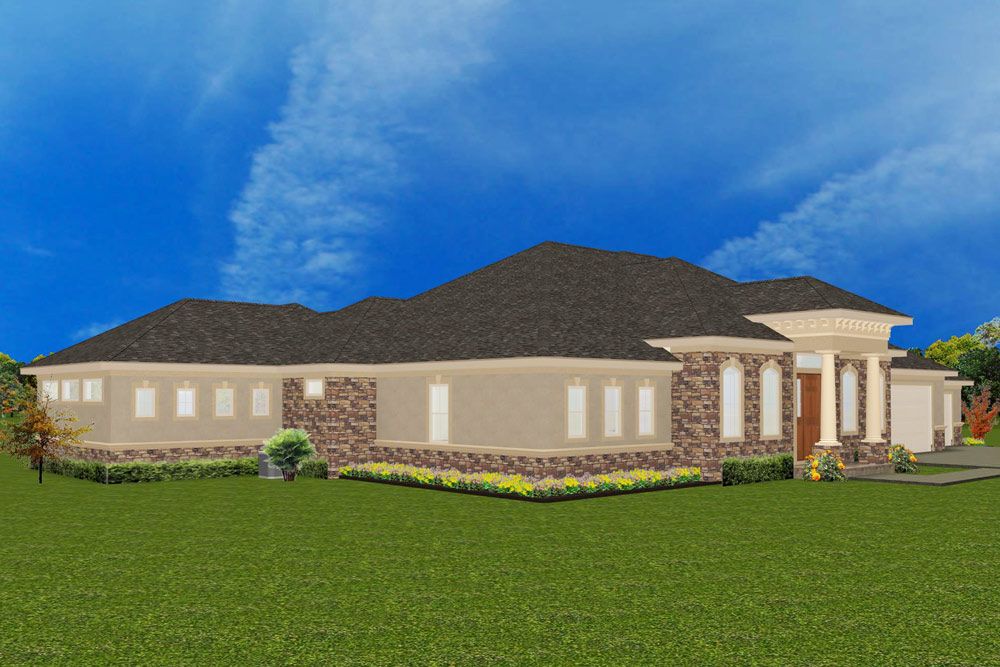
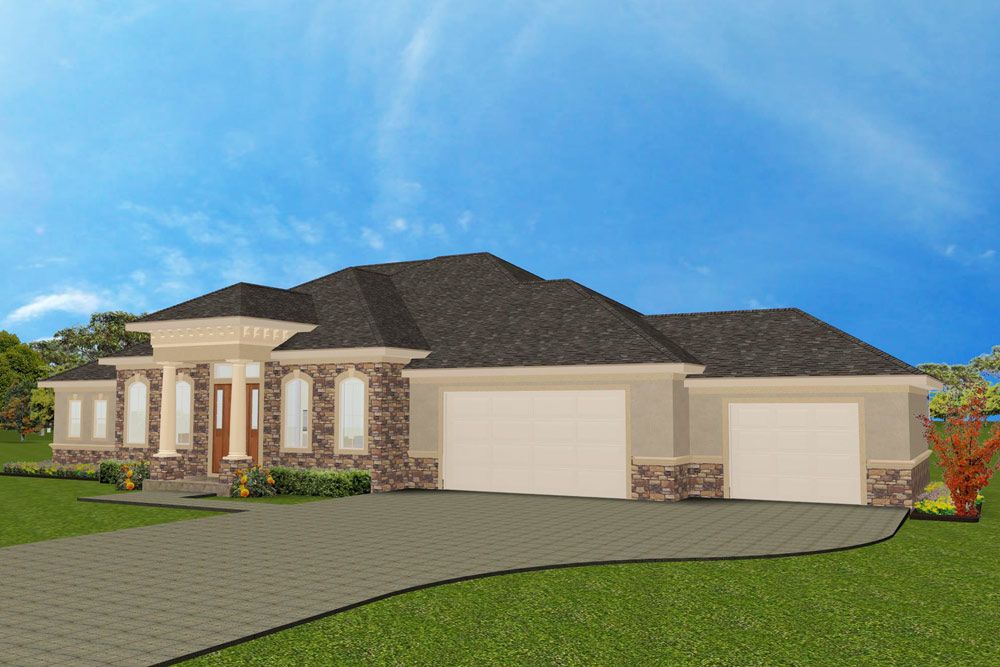
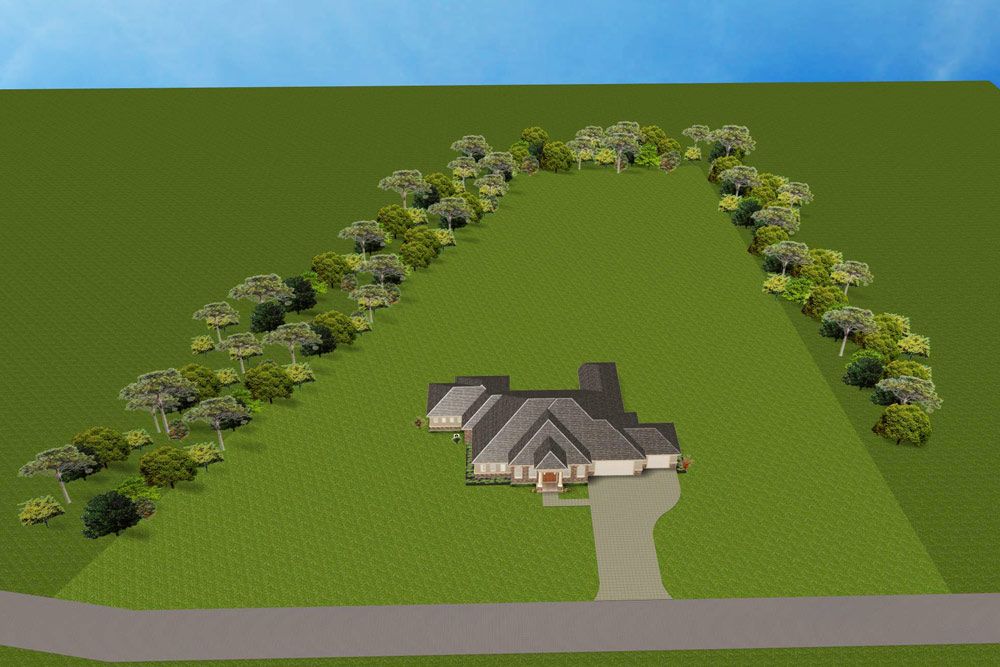
Faux finished fiberglass doors in the foyer
Faux finished columns in the dining room.
Great room has 12' sliding glass doors and bamboo flooring.
Great room has a solatube to add natural light. Learn more at Emerald Coast Skylights
Kitchen open to great room makes the living area feel more spacious.
Kitchen has a solatube over the island to bath the granite in natural light. Learn more at Emerald Coast Skylights
Pocket office between kitchen and dining room in place of butler's pantry. Solatube provides natural light in what otherwise would be a dark space. Learn more at Emerald Coast Skylights
Pocket office between kitchen and dining room in place of butler's pantry.
Loui's man cave.
Converging pocket doors open up to home gym.
Bright and spacious home gym.
Chicago brick paver accent wall.
Man cave with wet bar could also serve as in law or guest suite.
High horizontal windows bring in natural light while preserving wall space and privacy.
Master closet doubles as a safe room.
Safe room armored door has 3 deadbolts for protection against tornados and intruders.
Master closet doubles as a concrete and steel reinforced safe room.
Concrete walls & ceiling in safe room are engineered to withstand 250 MPH winds.
Master bath
Walk in shower with flush threshold and no door allows easy access with minimal maintenance. High horizontal windows bring in natural light while maintaining privacy.
Bedroom 2 with double doors off the great room can be used as a study, living room, or guest bedroom.
Bathroom 2
Bedroom 3
Robert and his sons, Chris and Michael, test the size and proportions of the tapered front porch columns. 18" bases tapering to 15" capitals will be just right for these columns. Columns will have doric detail trim top and bottom. Pedestals will be stone veneer.
Chris holds up a corbel cutout to test the design shape. The corbels will be 4" wide.
Chris sets the stacked stone on the front wall.
Cement board is used as a stucco substrate. Wire lath in the center section is for the stacked stone to adhere to.
Victor operates our door fan test at the framing stage. The door fan creates a vacuum by blowing air out of the house. A 50 pascal vacuum simulates a 20 mph wind on all 4 sides and top. We're measuring the amount of air changes per hour to determine the air tightness of the thermal envelope. With the door fan we can find air leaks and seal them up before moving on to drywall installation. This is the only to way to ensure an air tight thermal envelope. The exterior walls are foam insulated and the interior walls have fiberglass sound batt insulation.
The home tested at .98 air changes per hour at 50 pascals of vacuum (negative pressure). 7.0 is considered high efficiency by current national standards. By that standard 1.0 would be considered ultra high efficiency. This home will be very comfortable with even temperature distribution and low cost to heat and cool.
We use the green Zip system wall sheathing to create an air tight and highly moisture resistant thermal envelope. Notice that all joints are sealed with zip tape which helps create an air tight and highly energy efficient thermal envelope. This system works much better than typical house wrap over OSB wall sheathing which is useless after thousands of siding nails have shredded it.
Brandon's crew bracing the walls plumb.
Pouring the ceiling on the safe room which serves as the master walk in closet. No need to evacuate with this safe room. It is engineered to withstand 250 MPH winds.
Jose notching out the block for the hold down straps.
Julio on the bull float, making sure the slab is smooth and level.
Jose, Havier, and Sam place the concrete with Julio in the background on the bull float.


